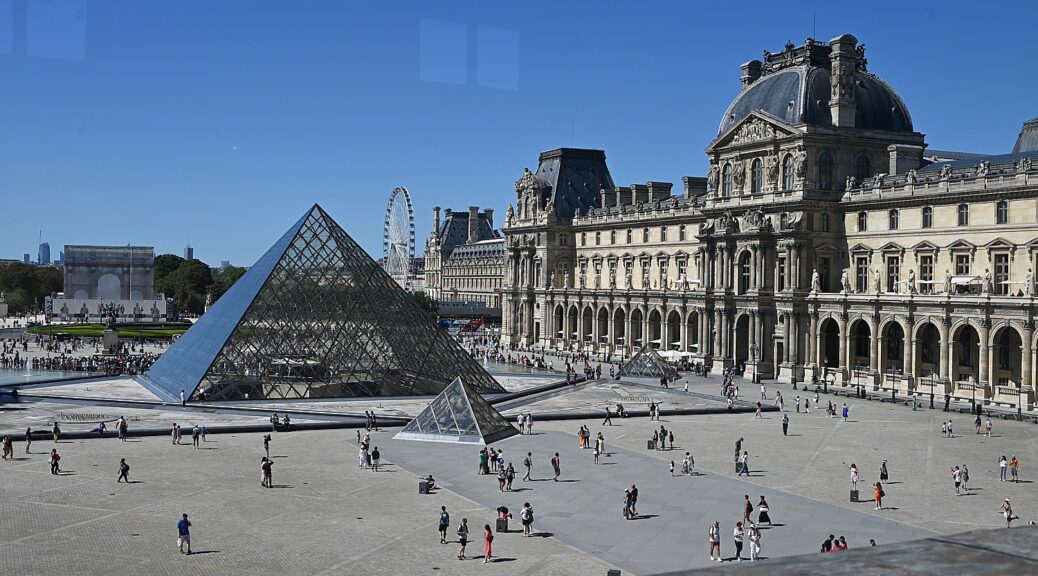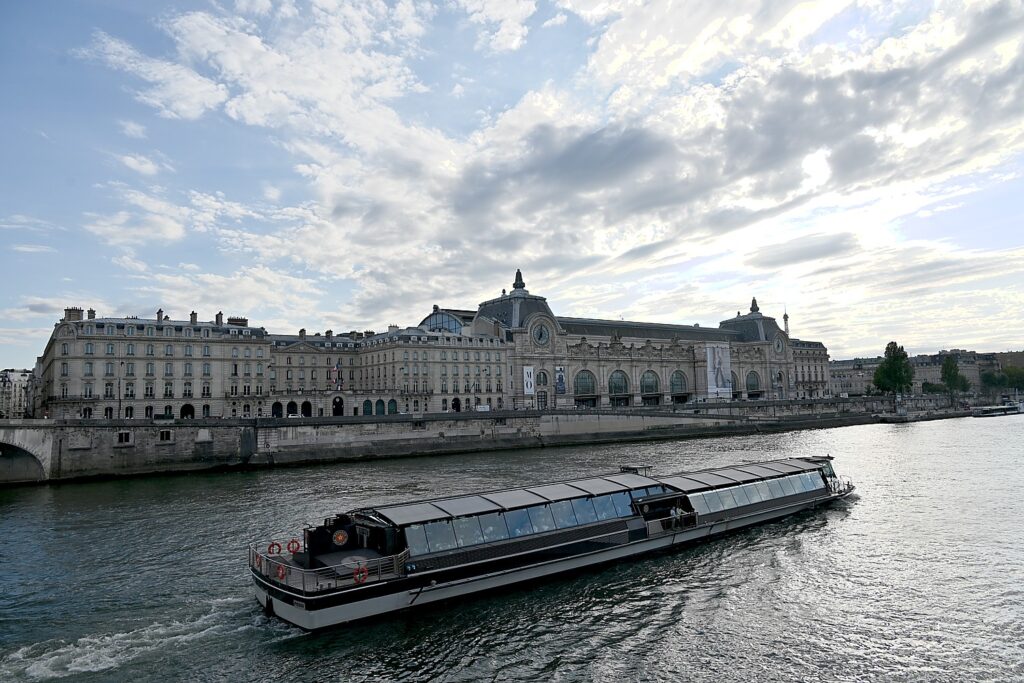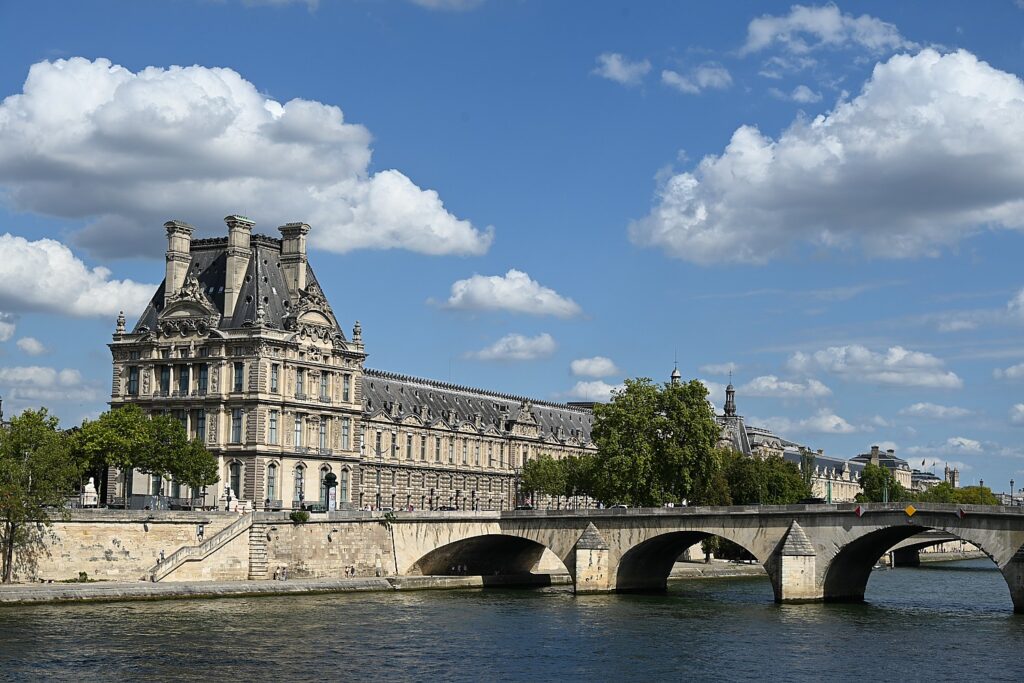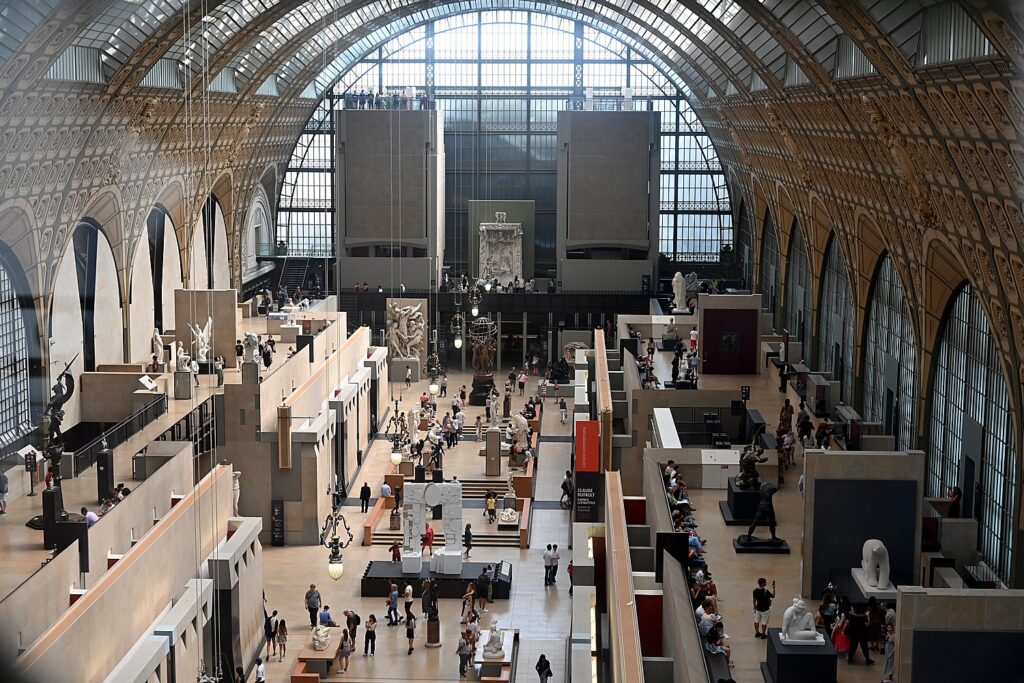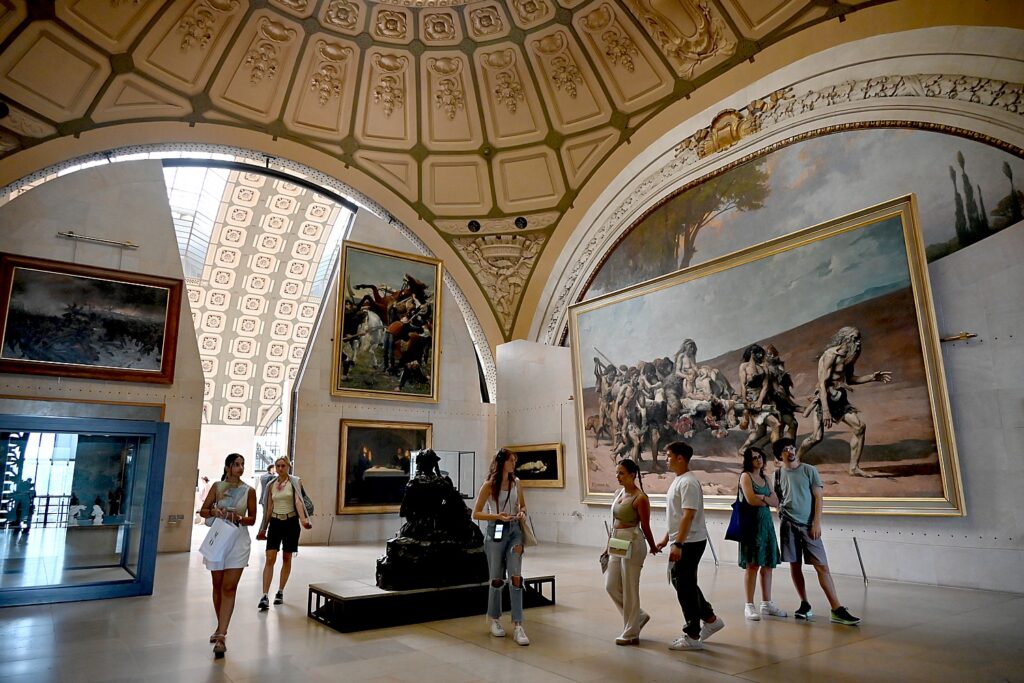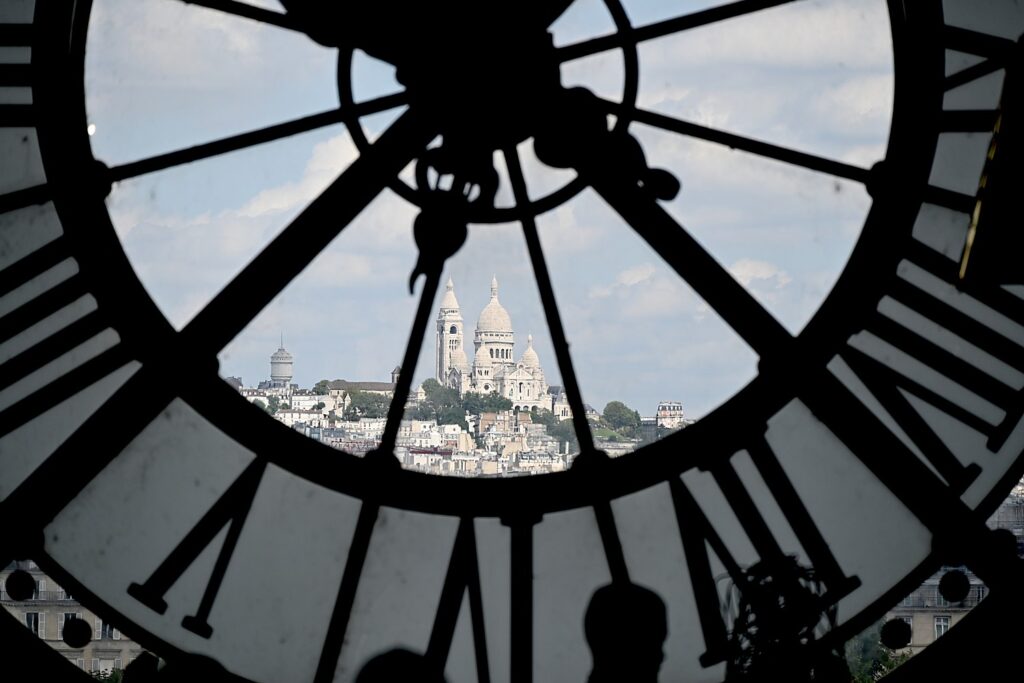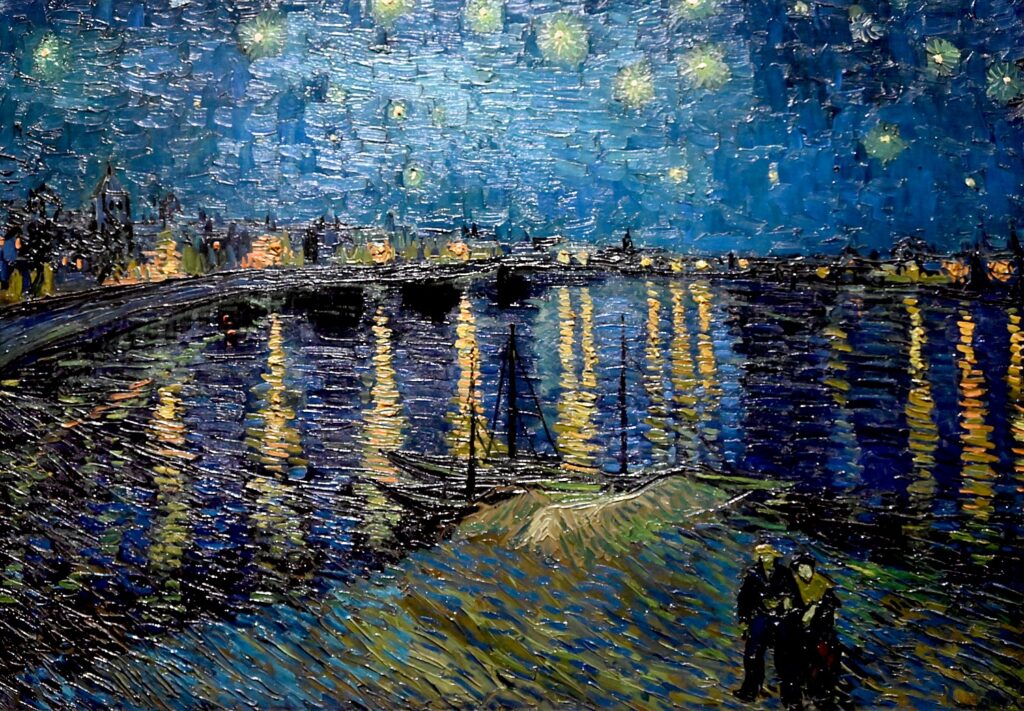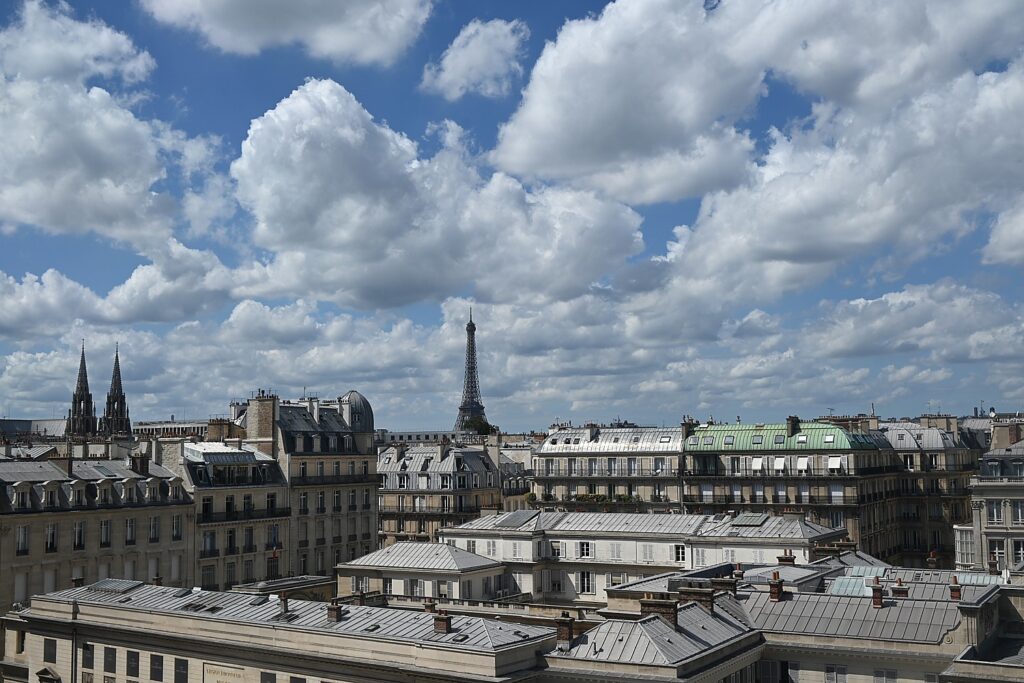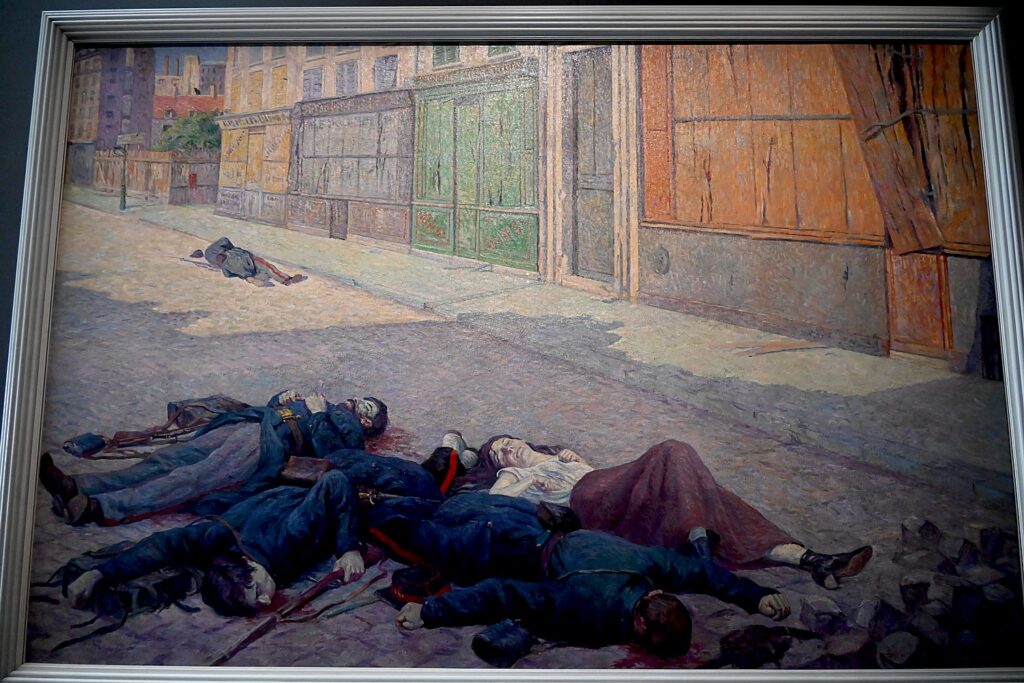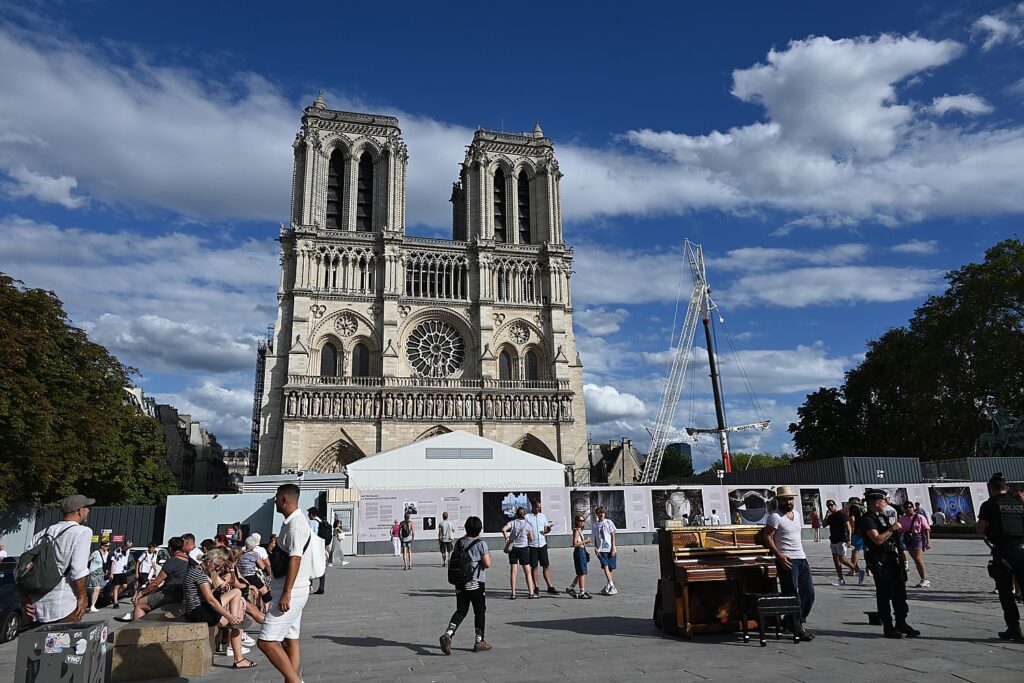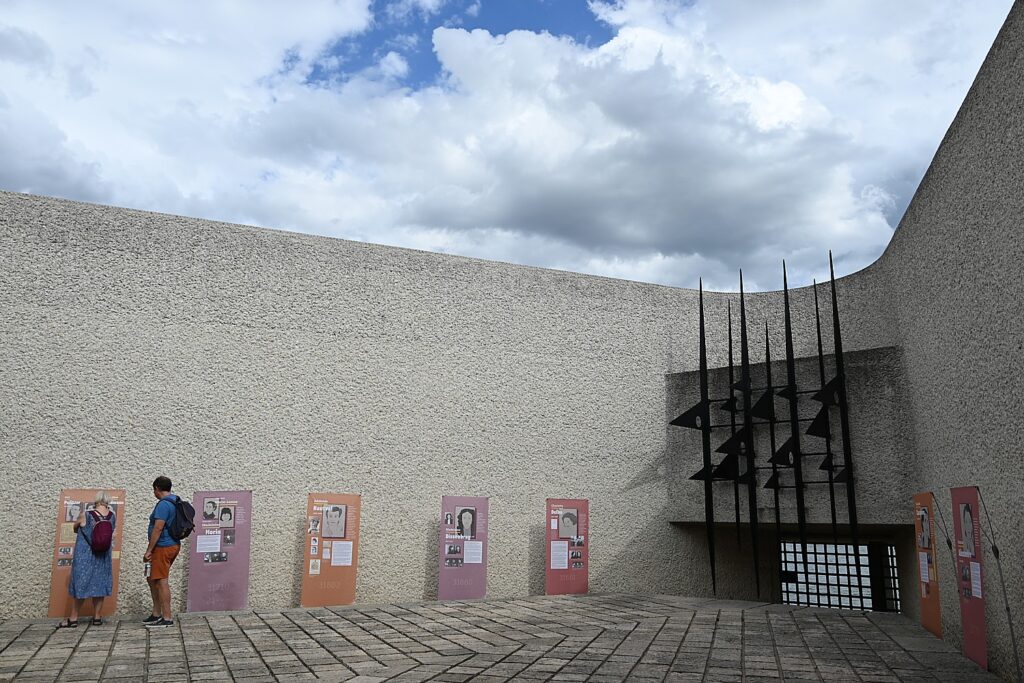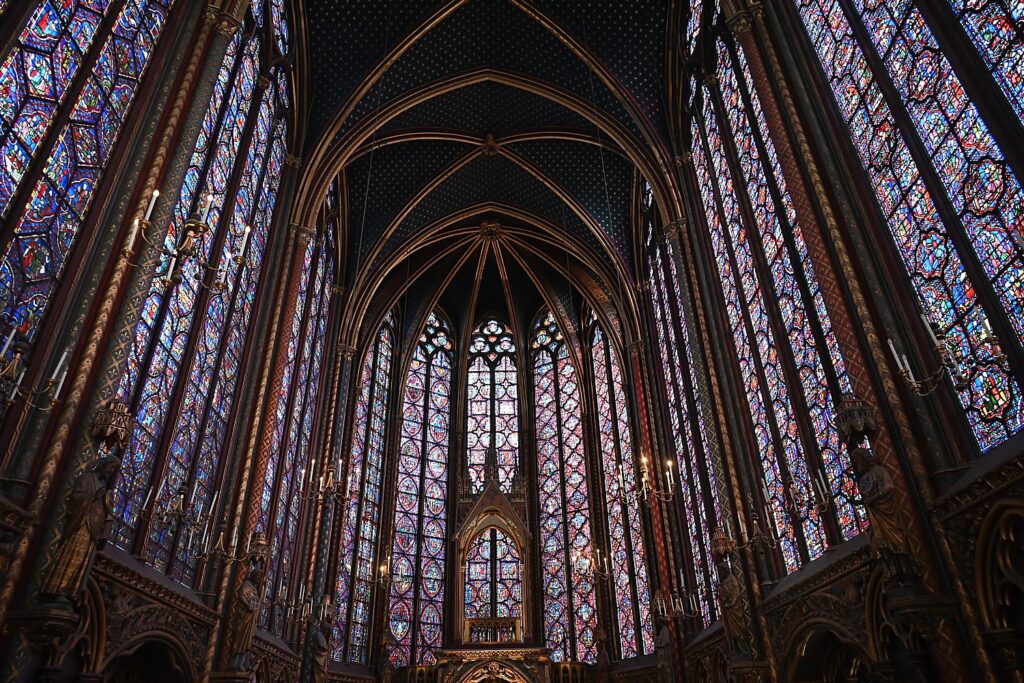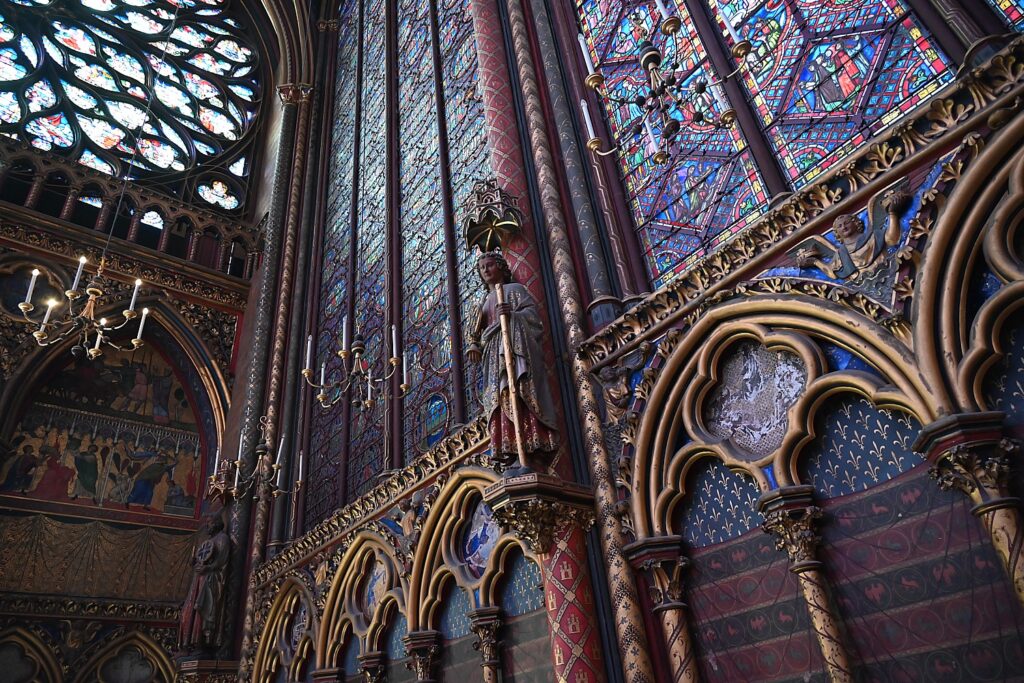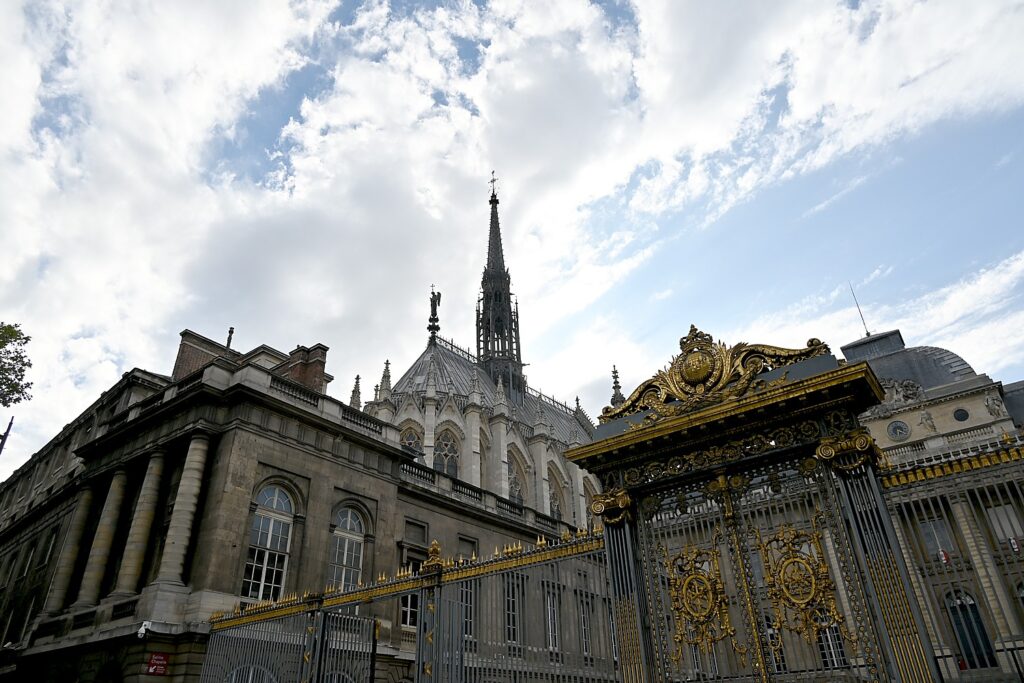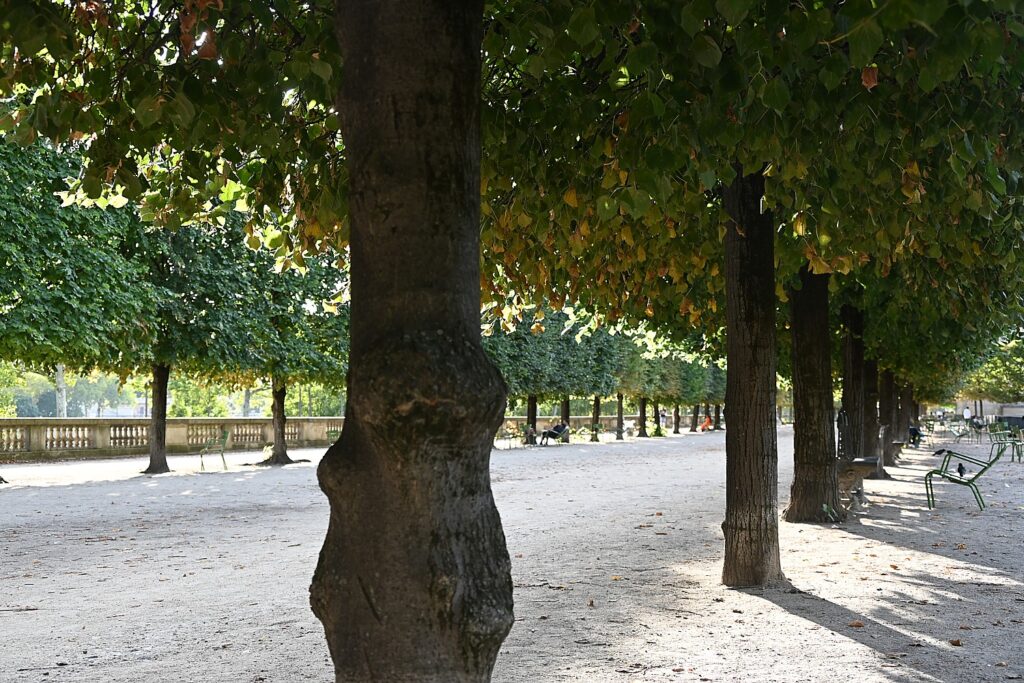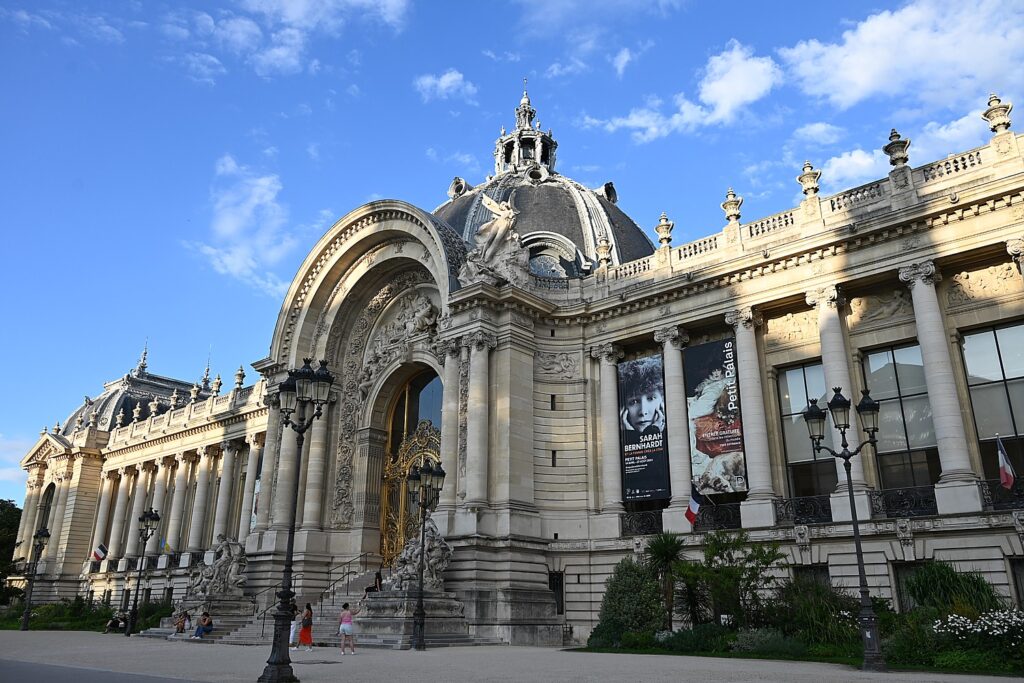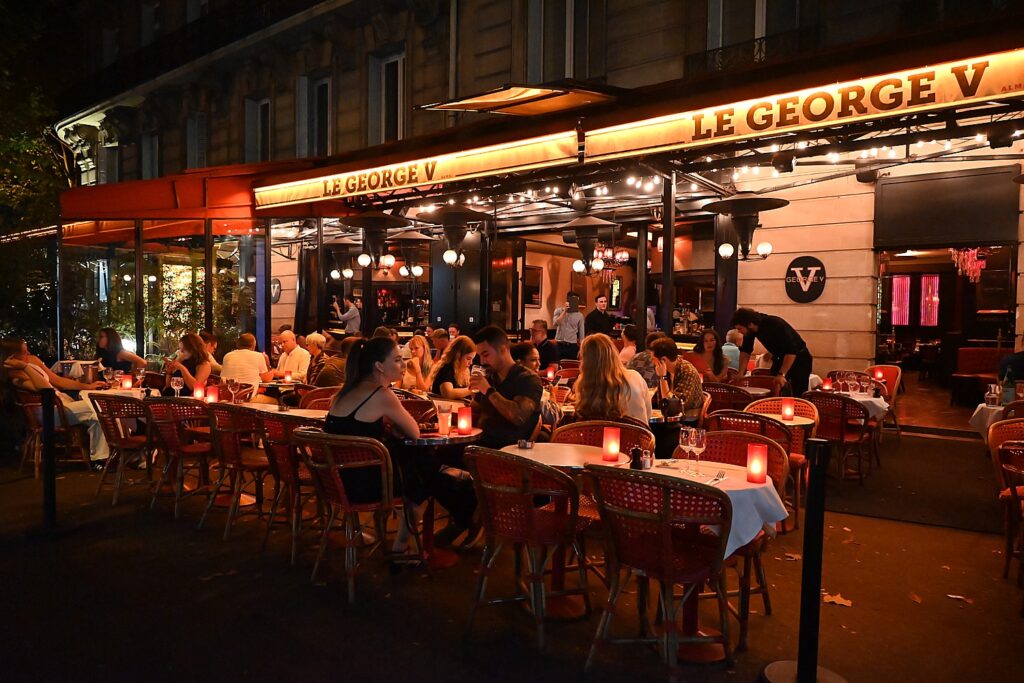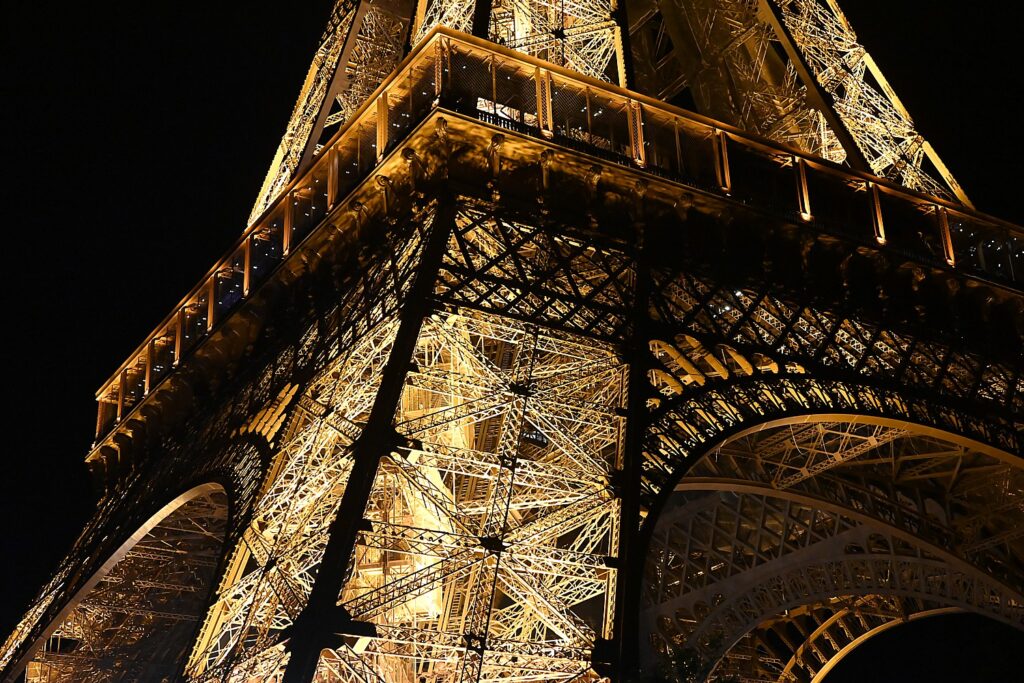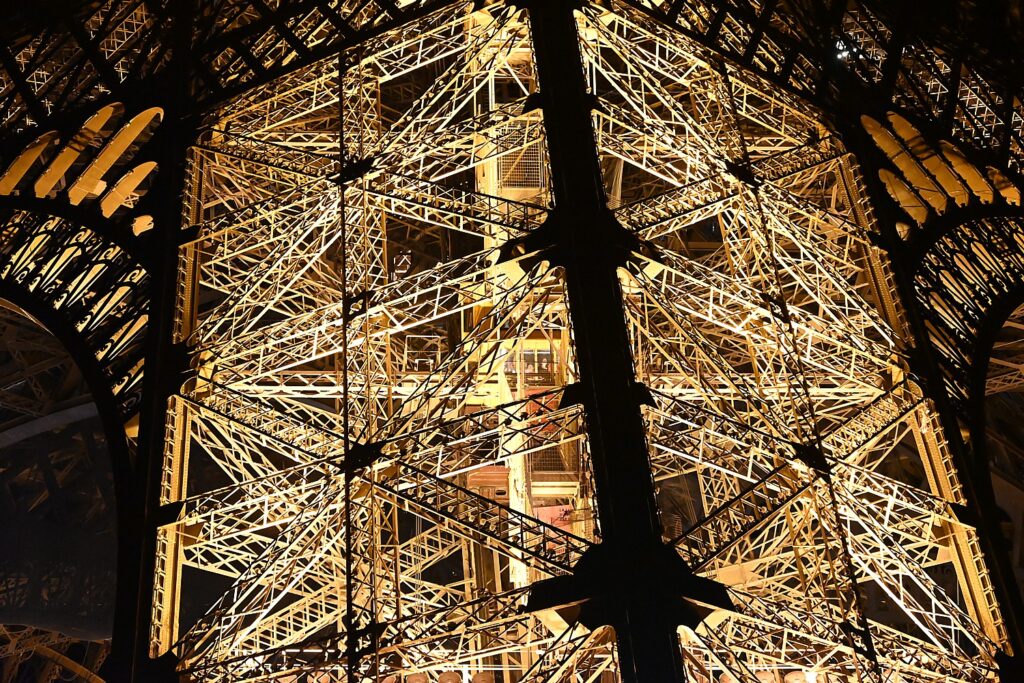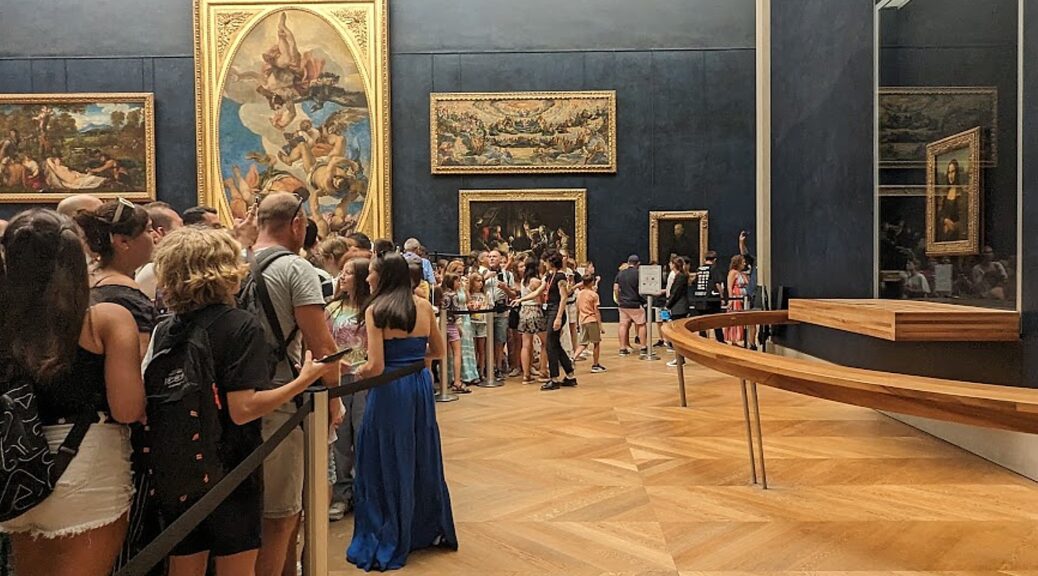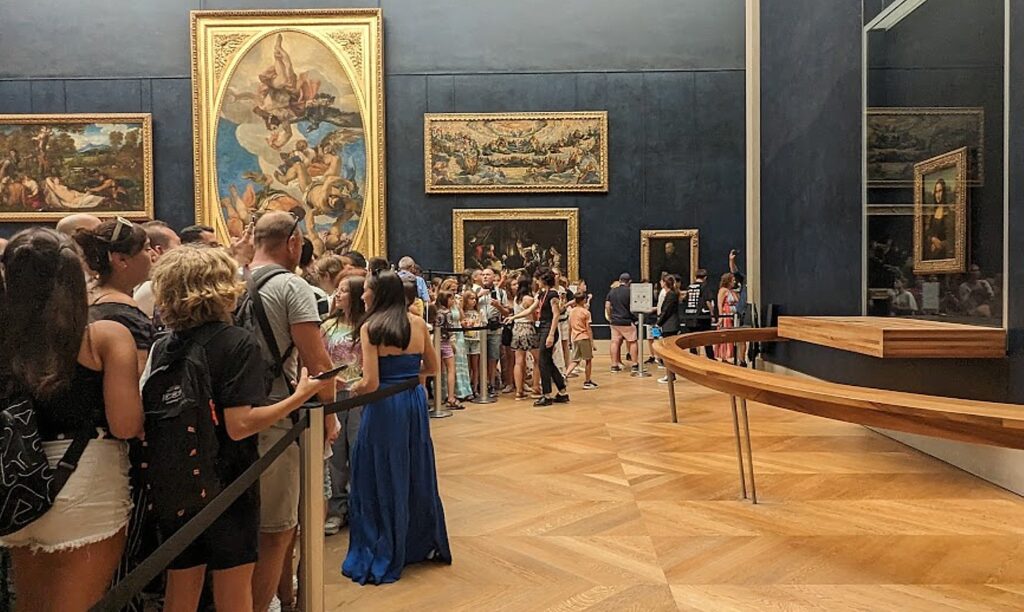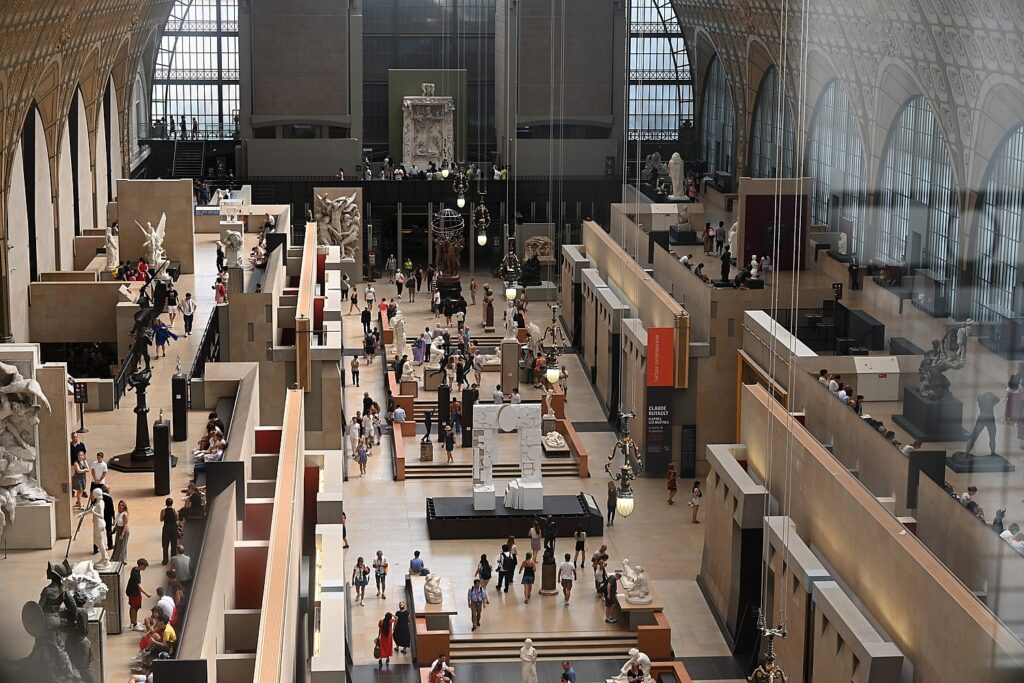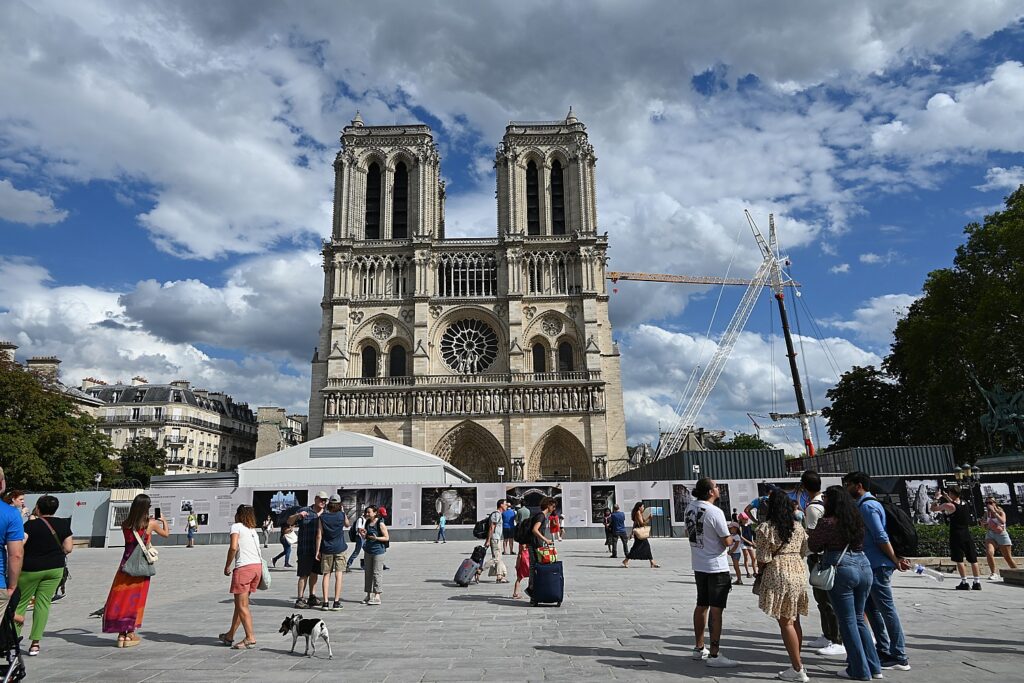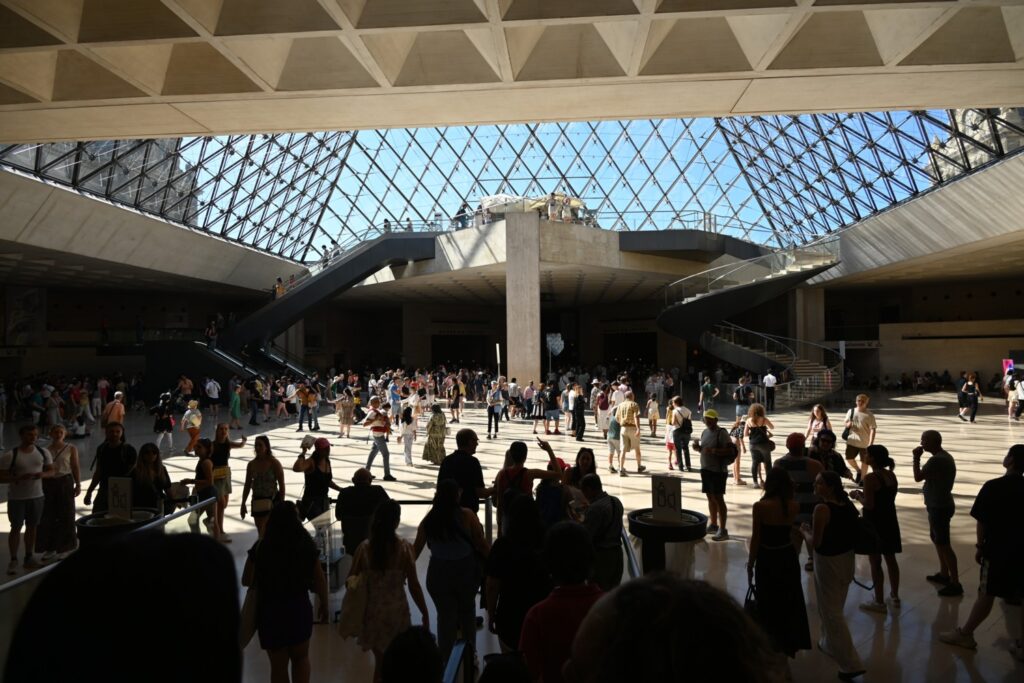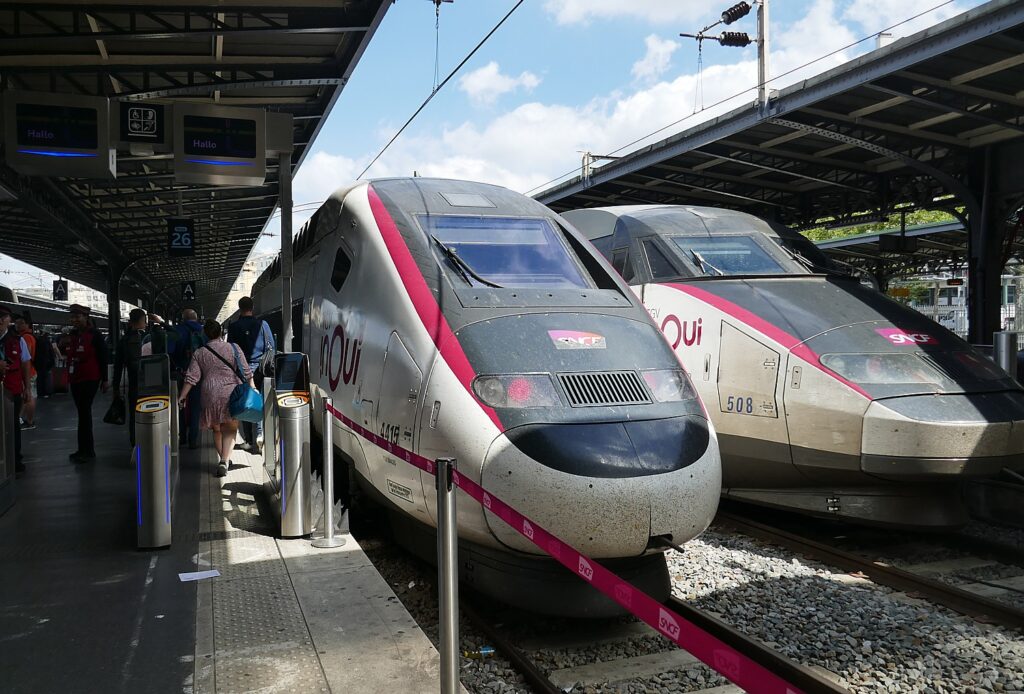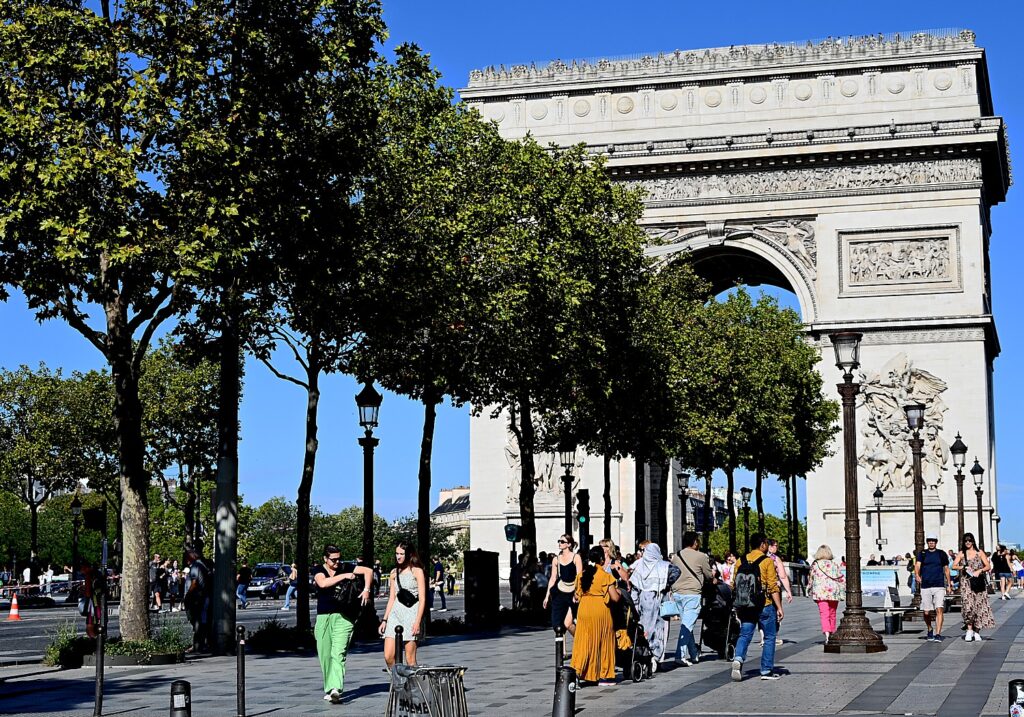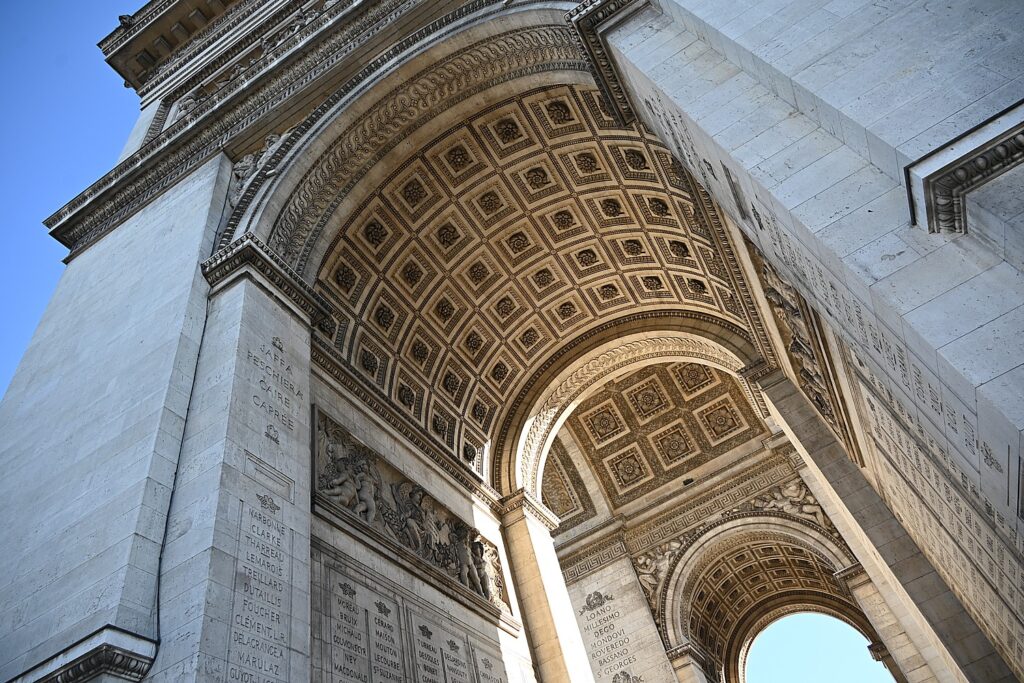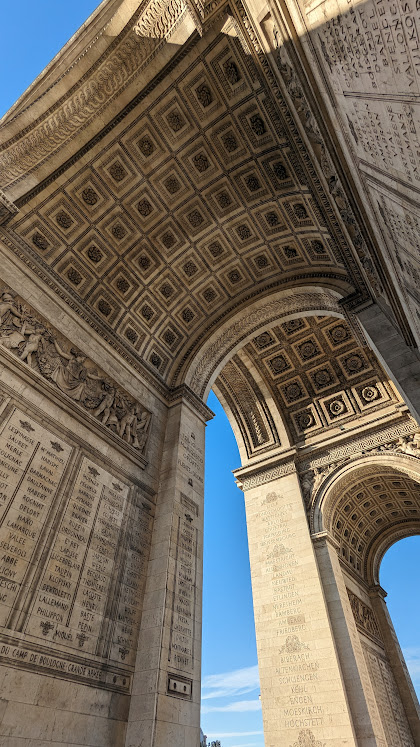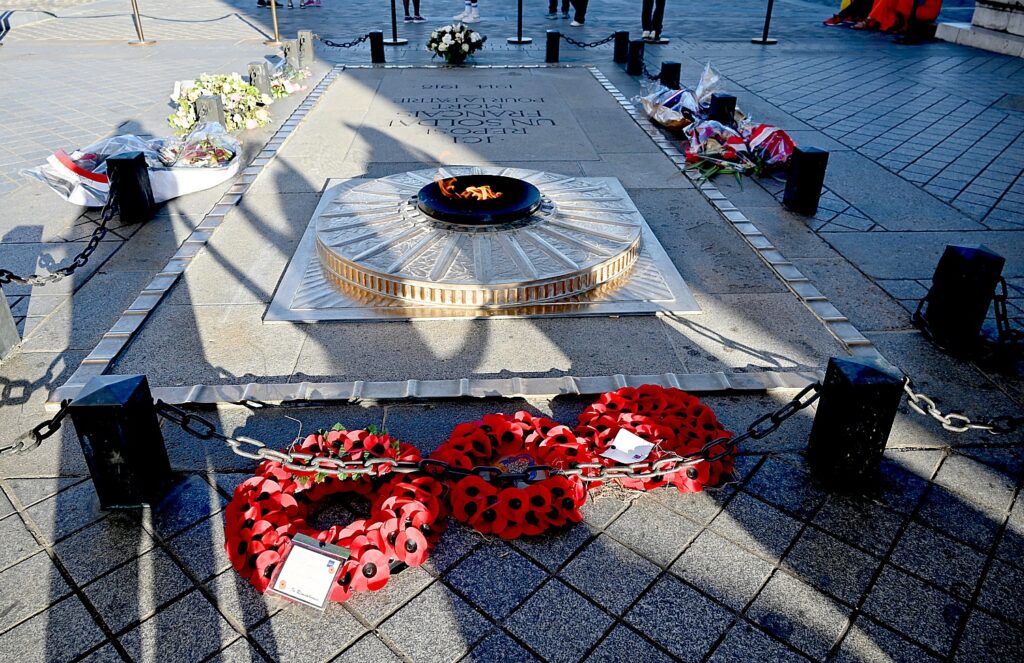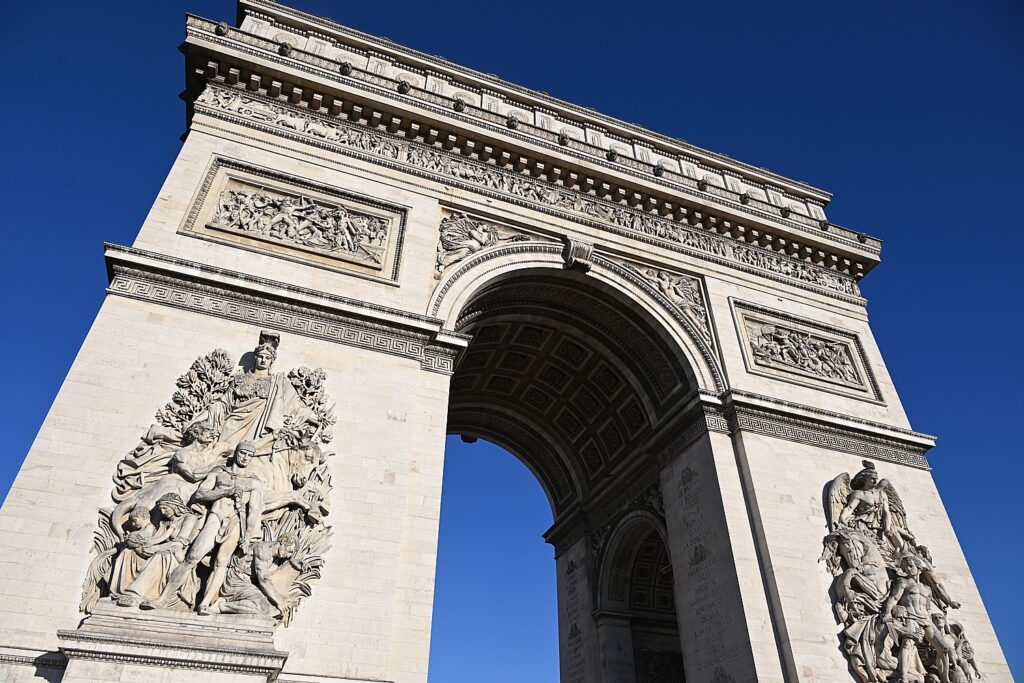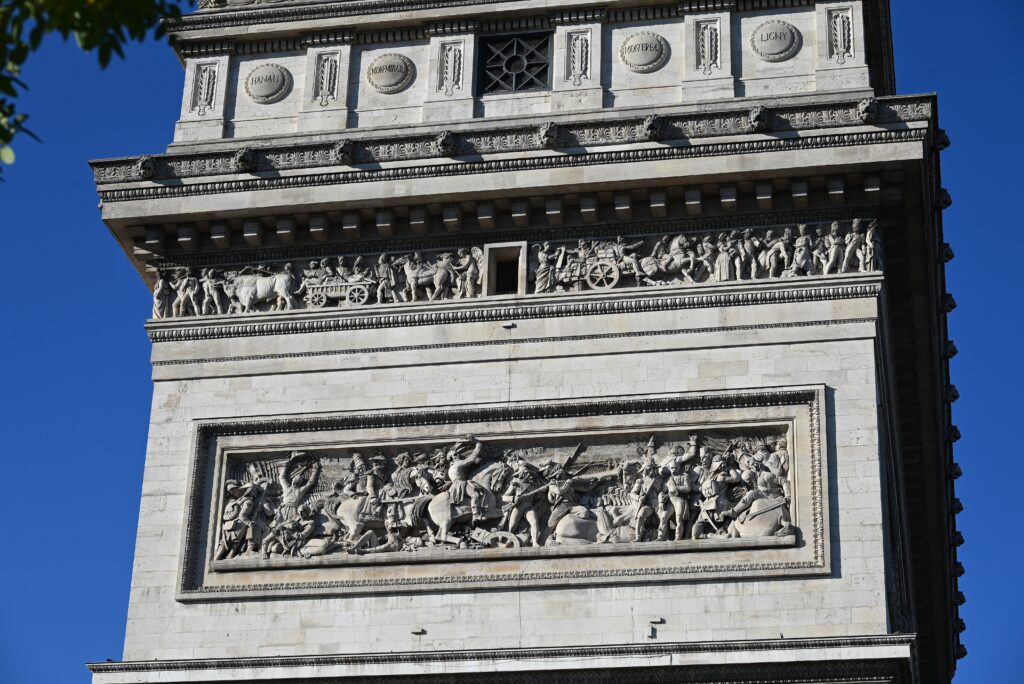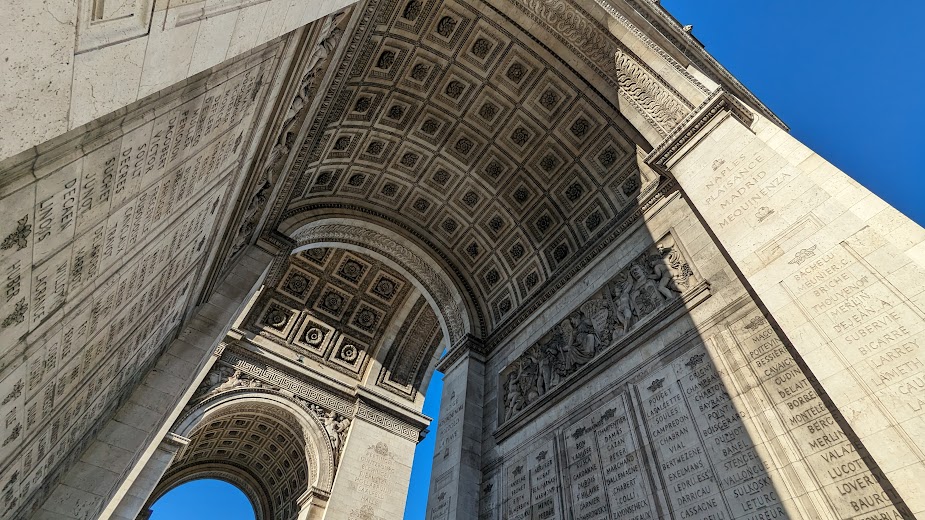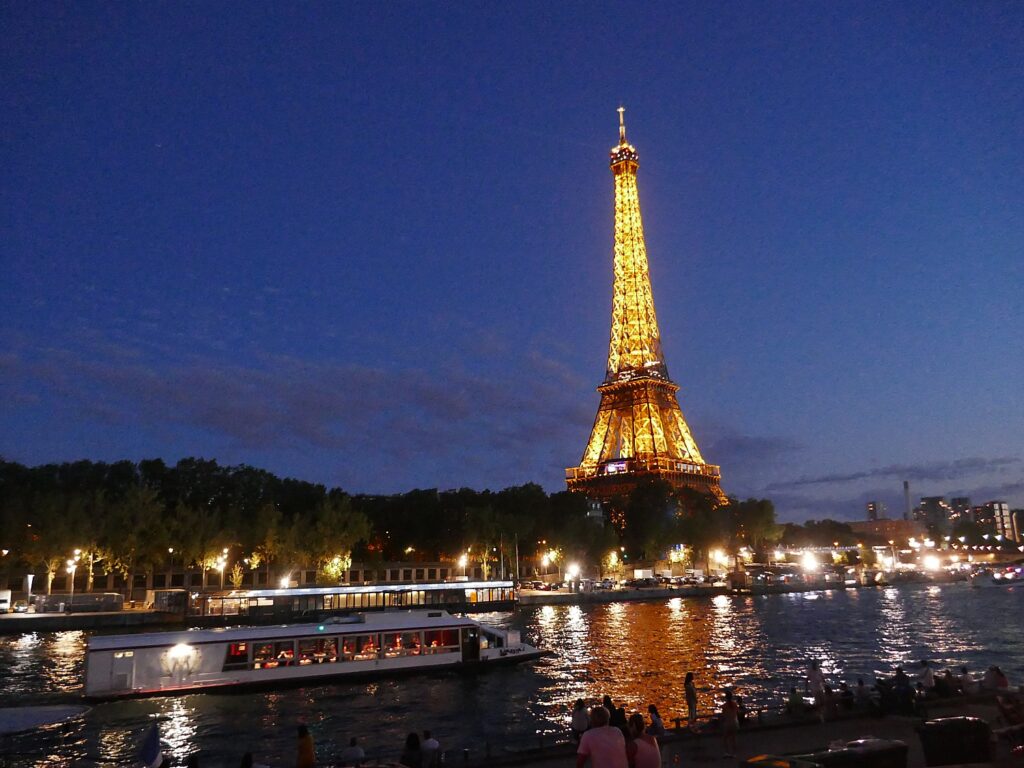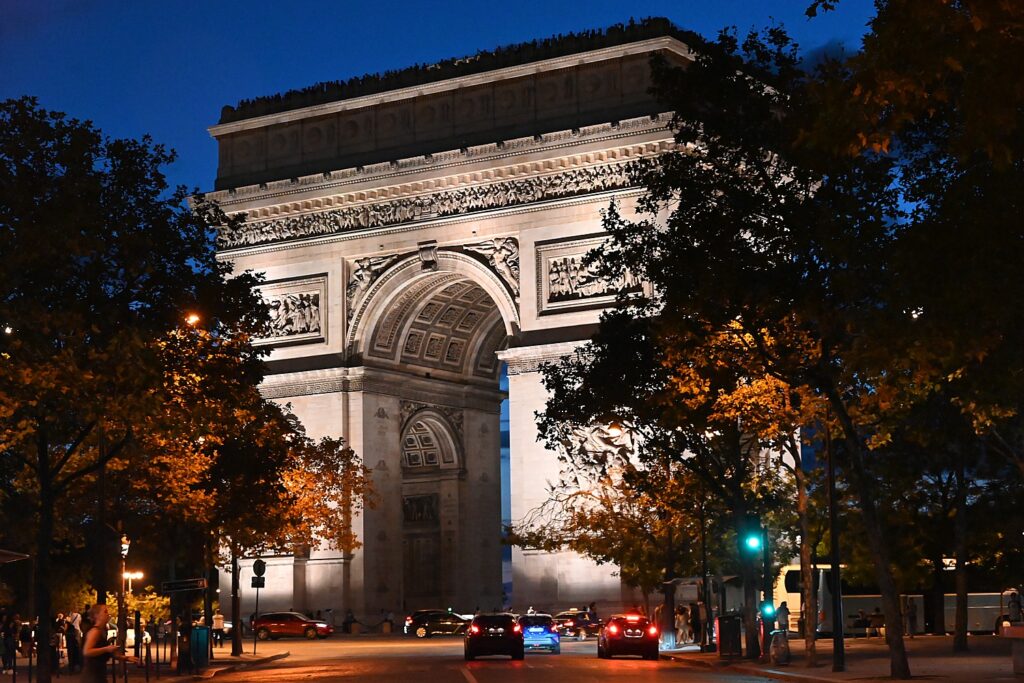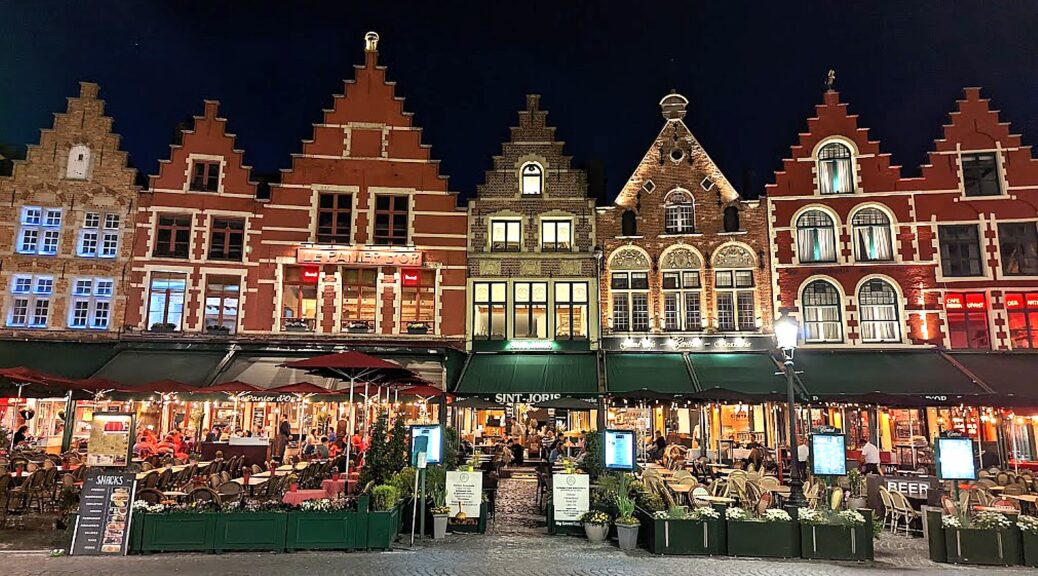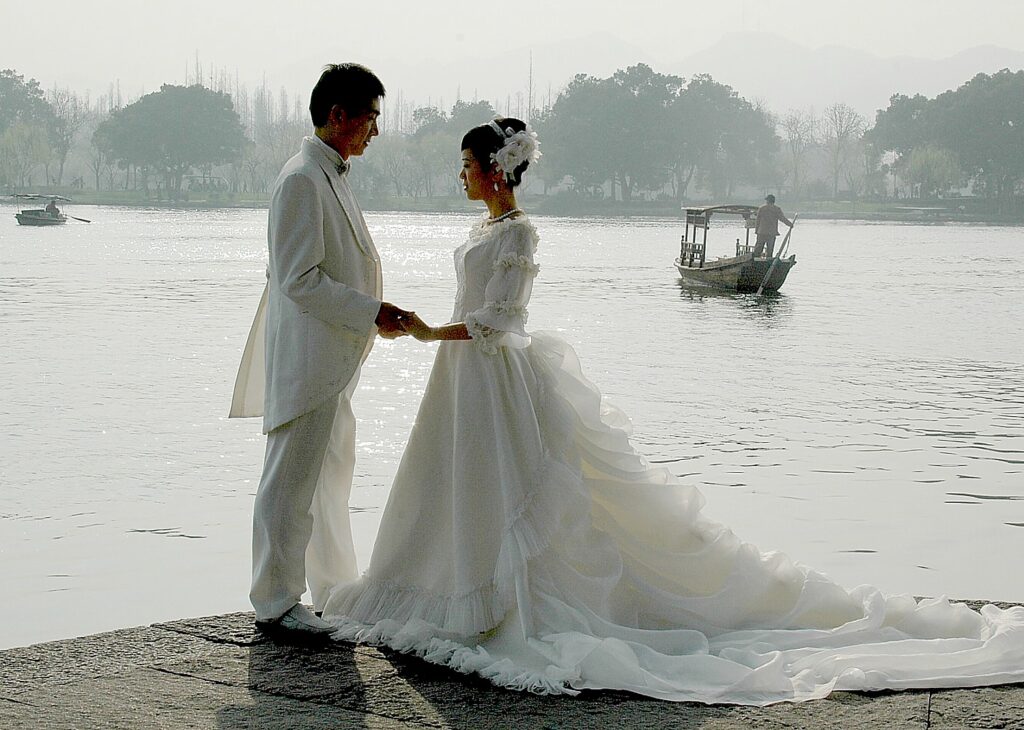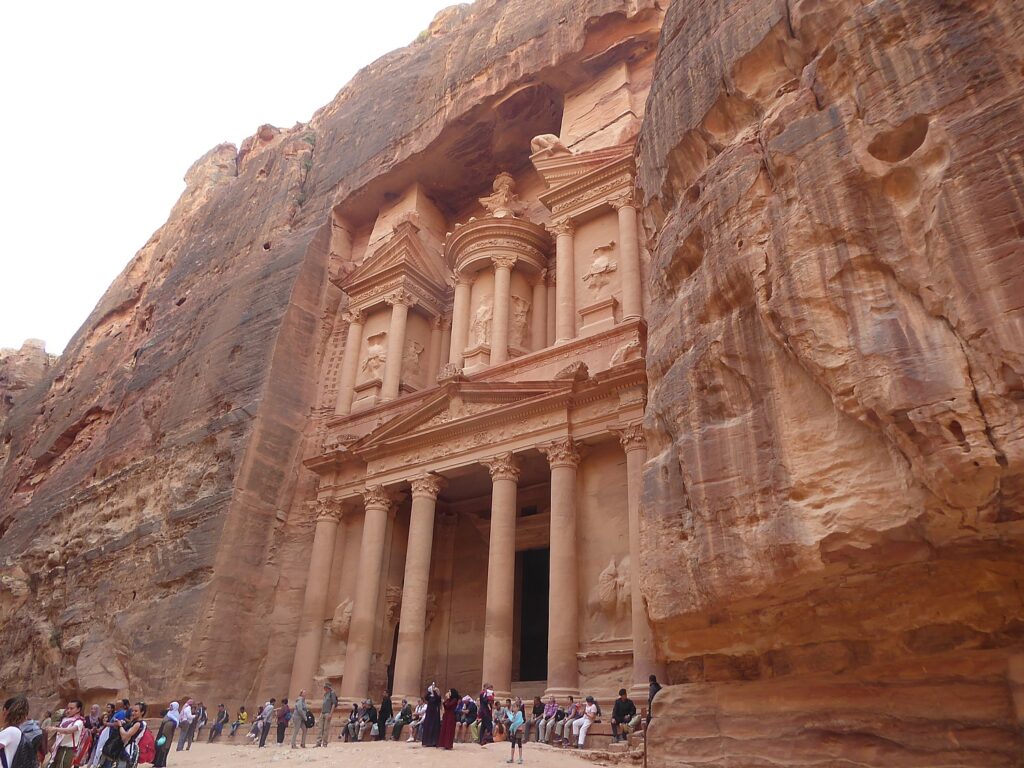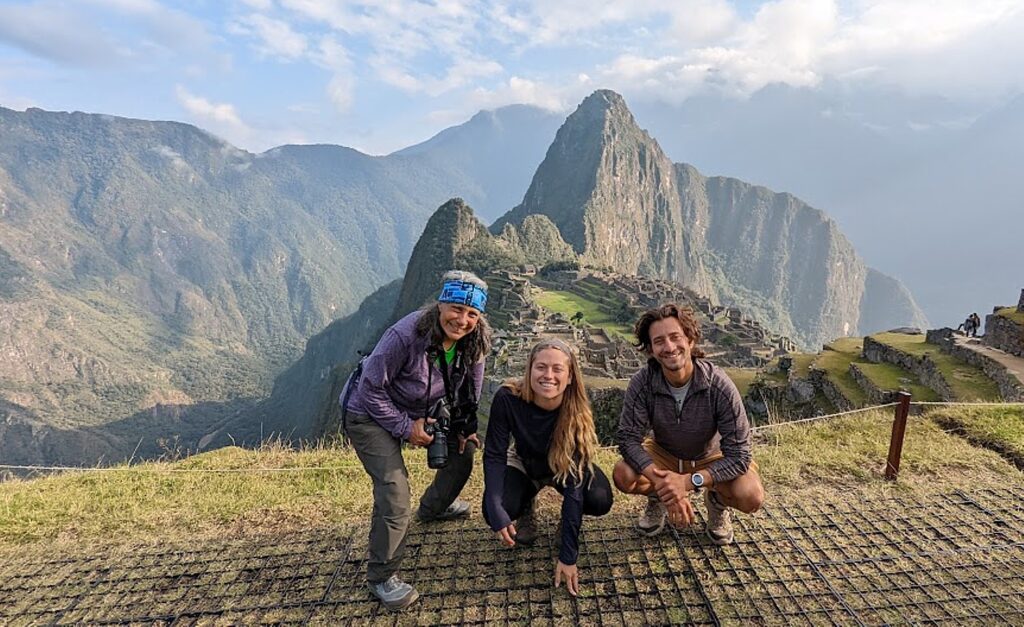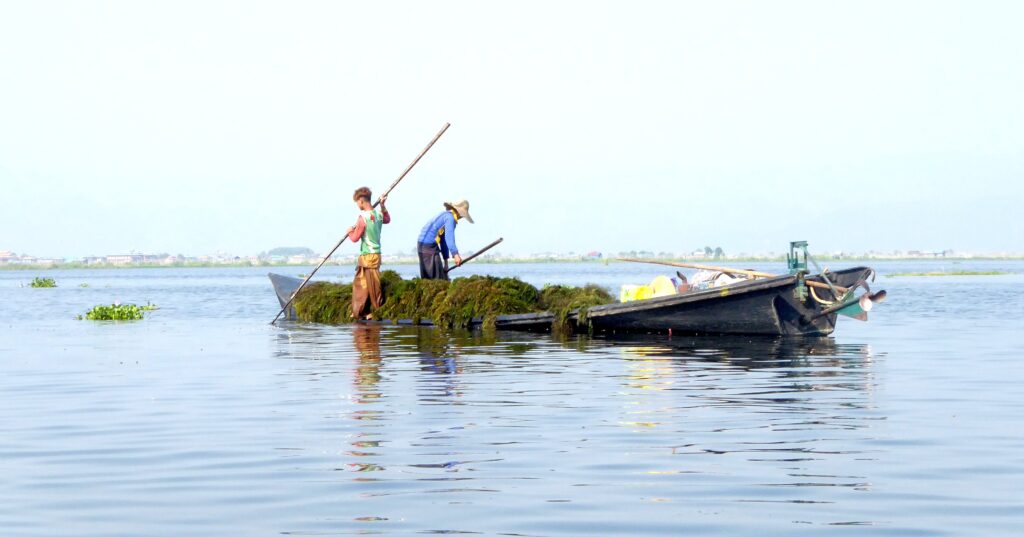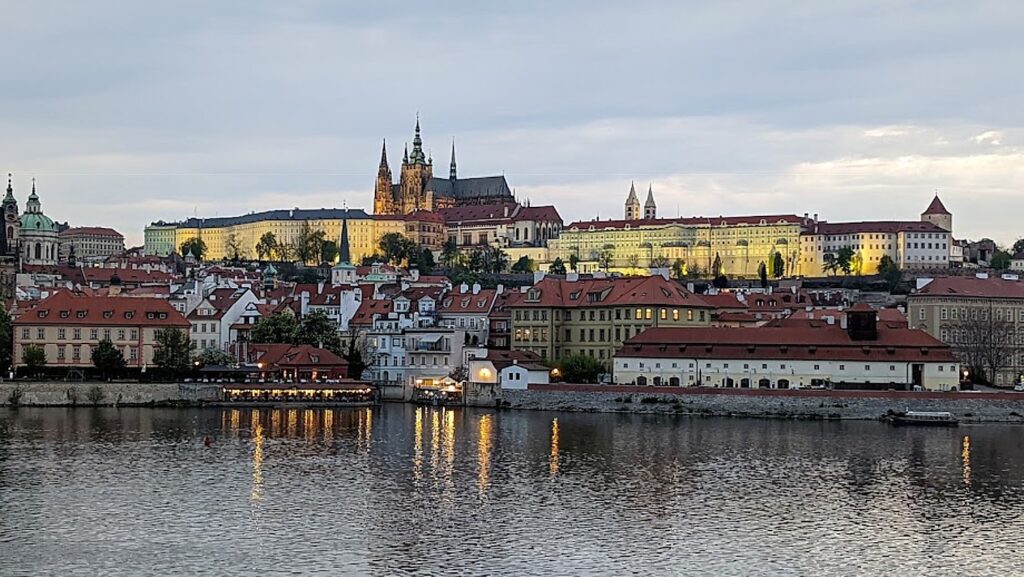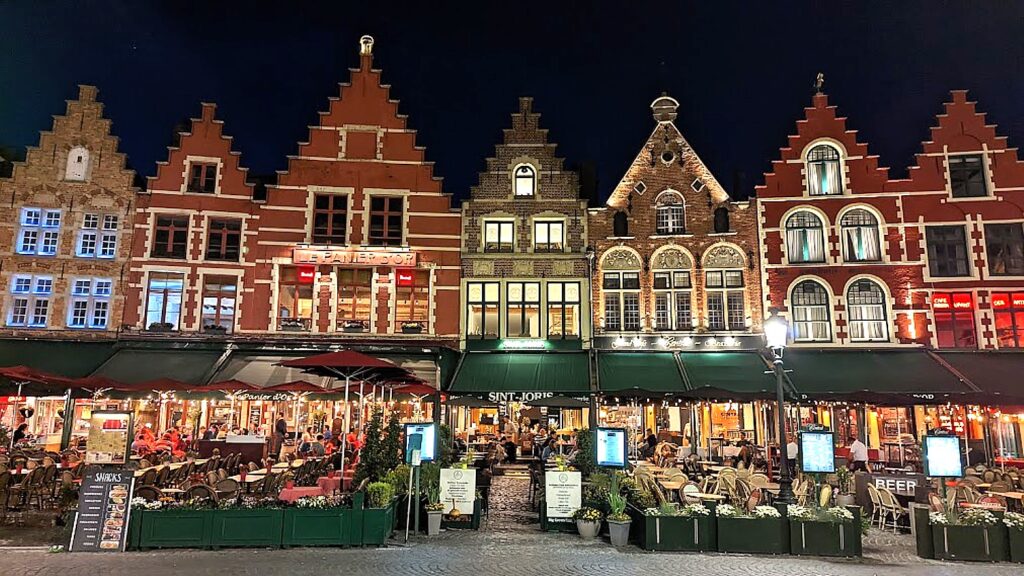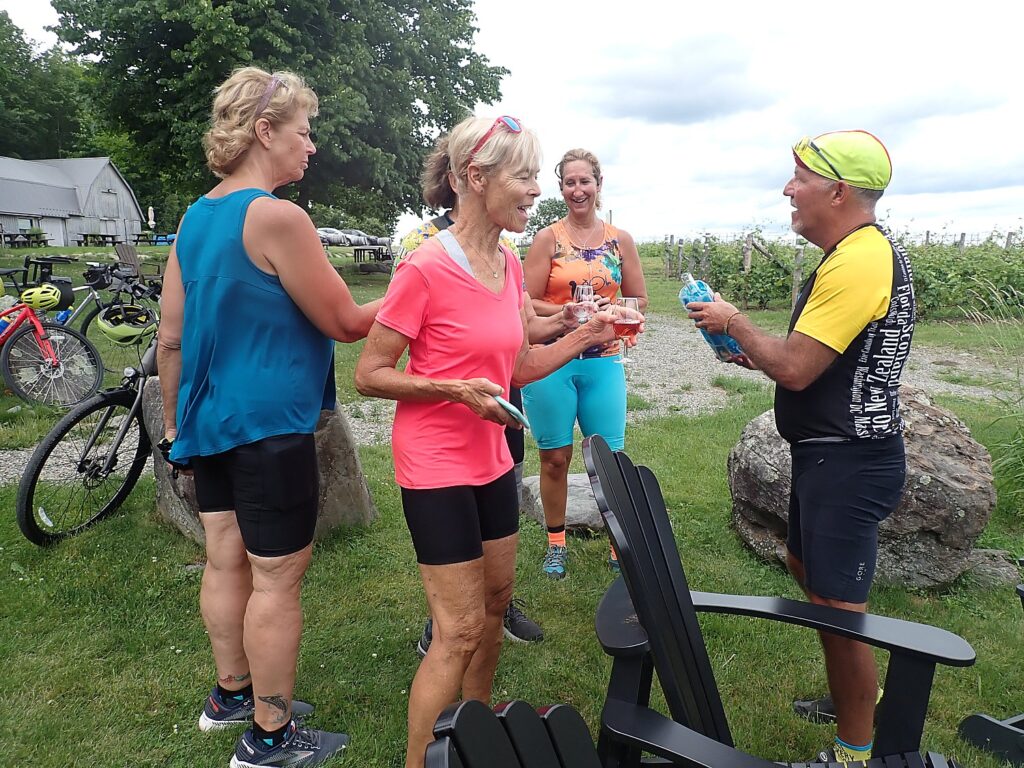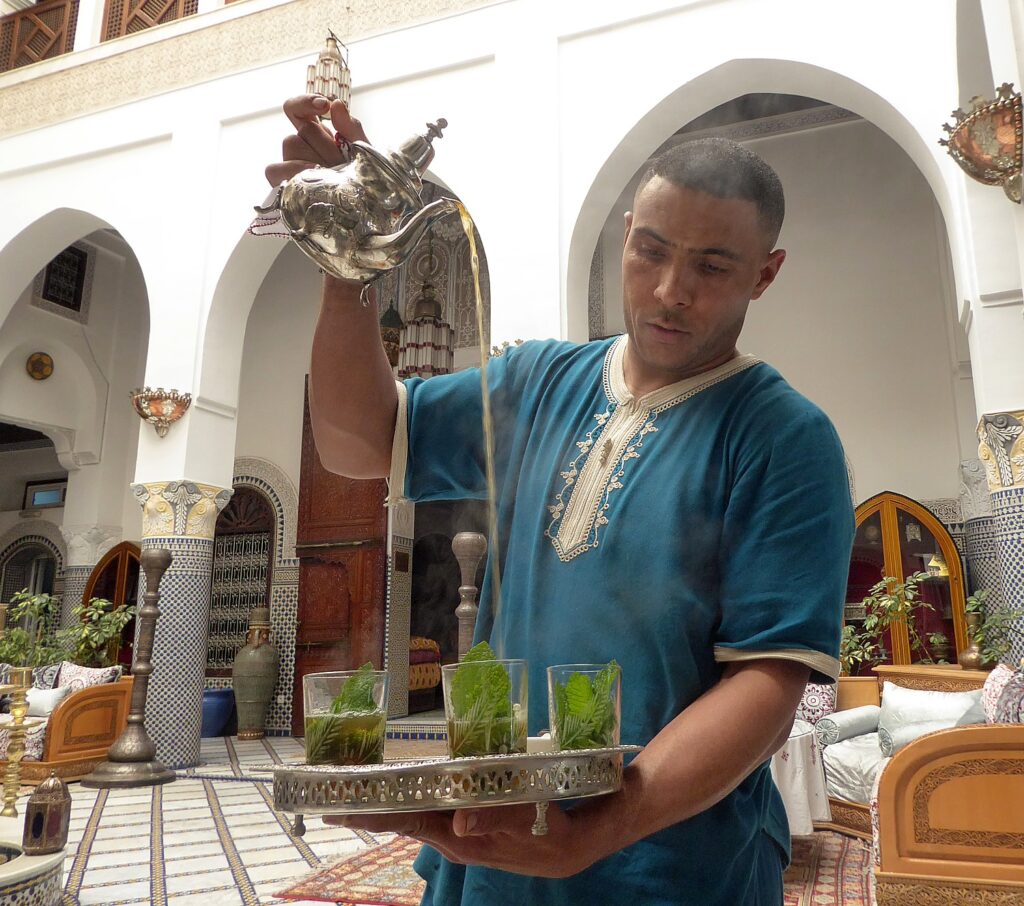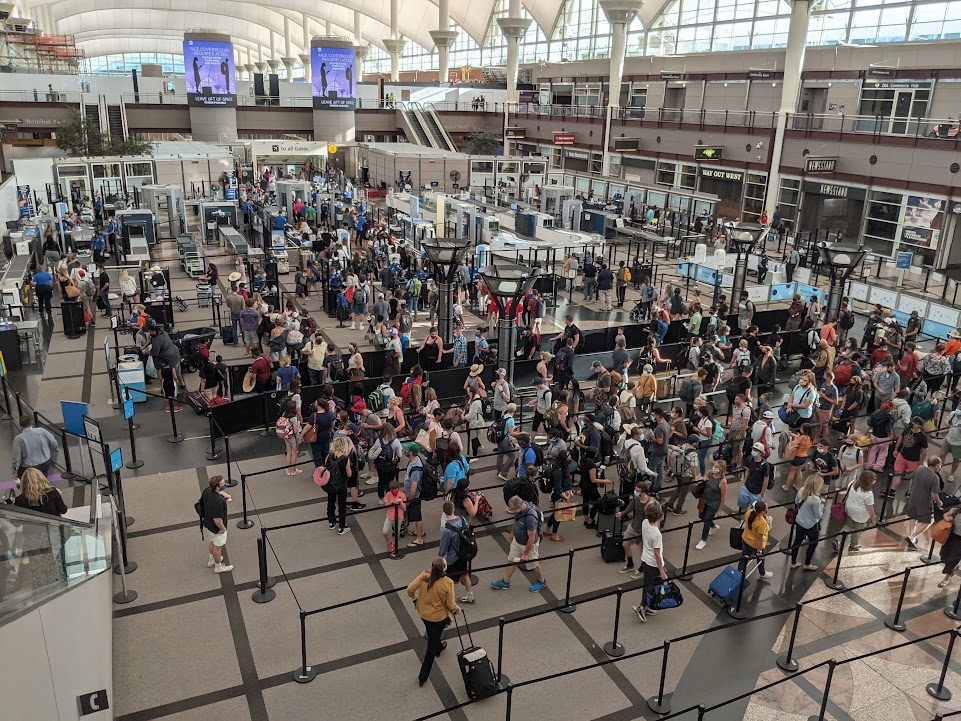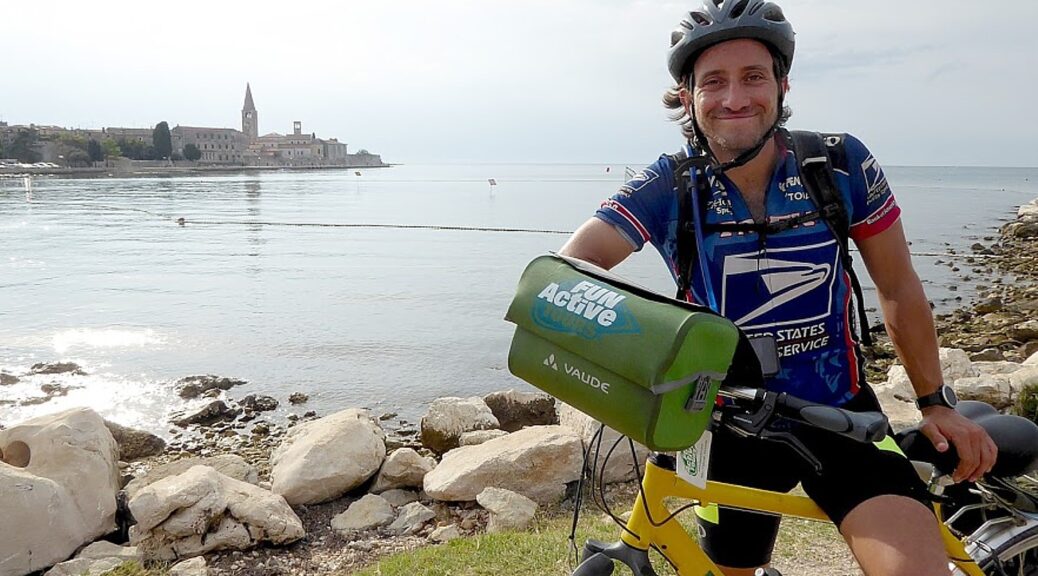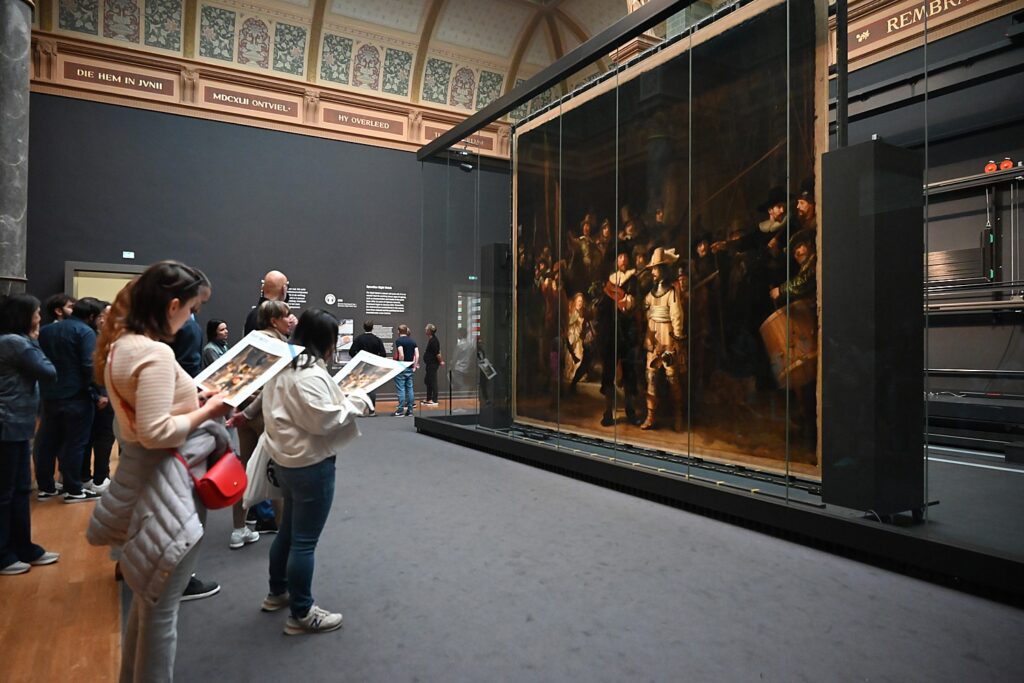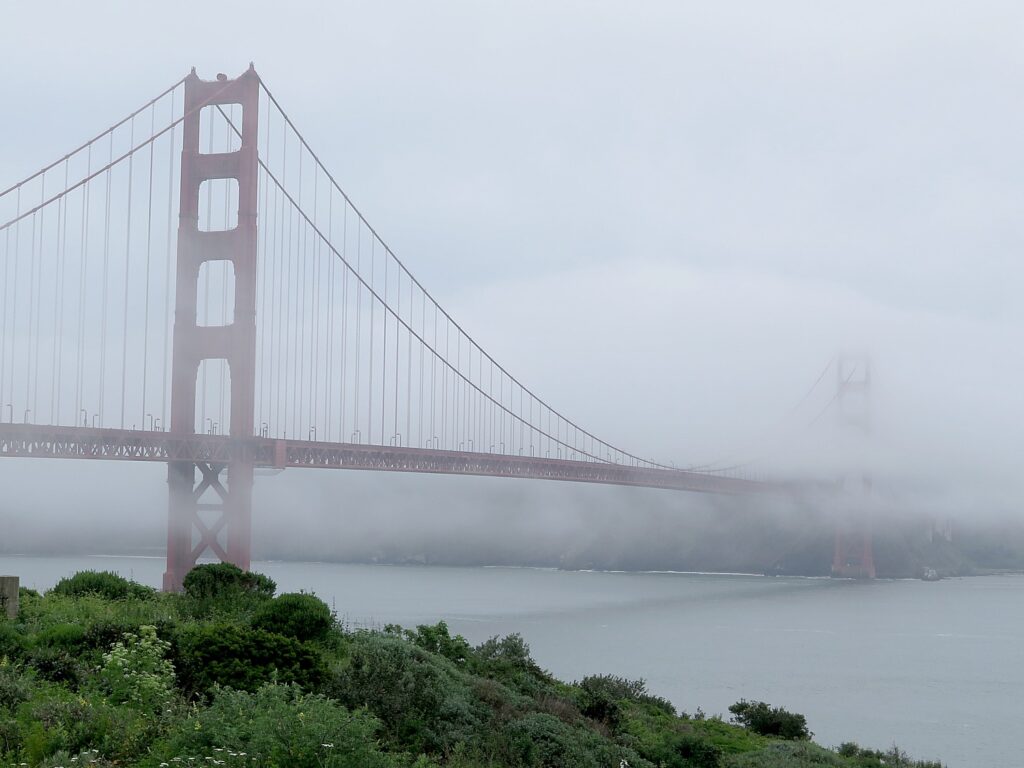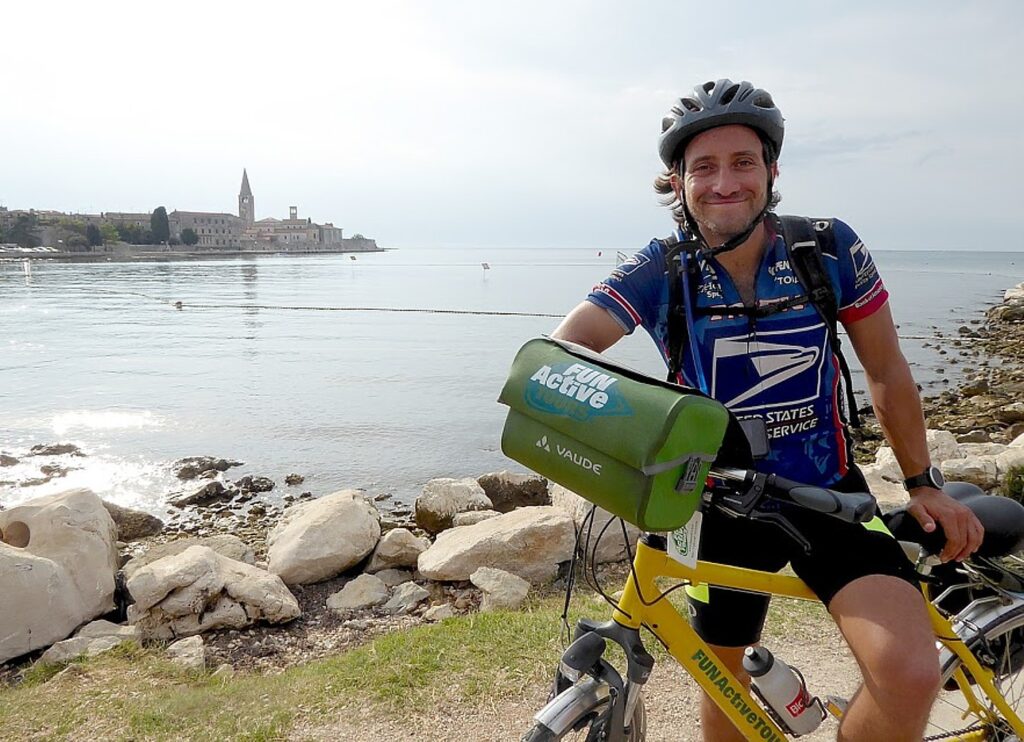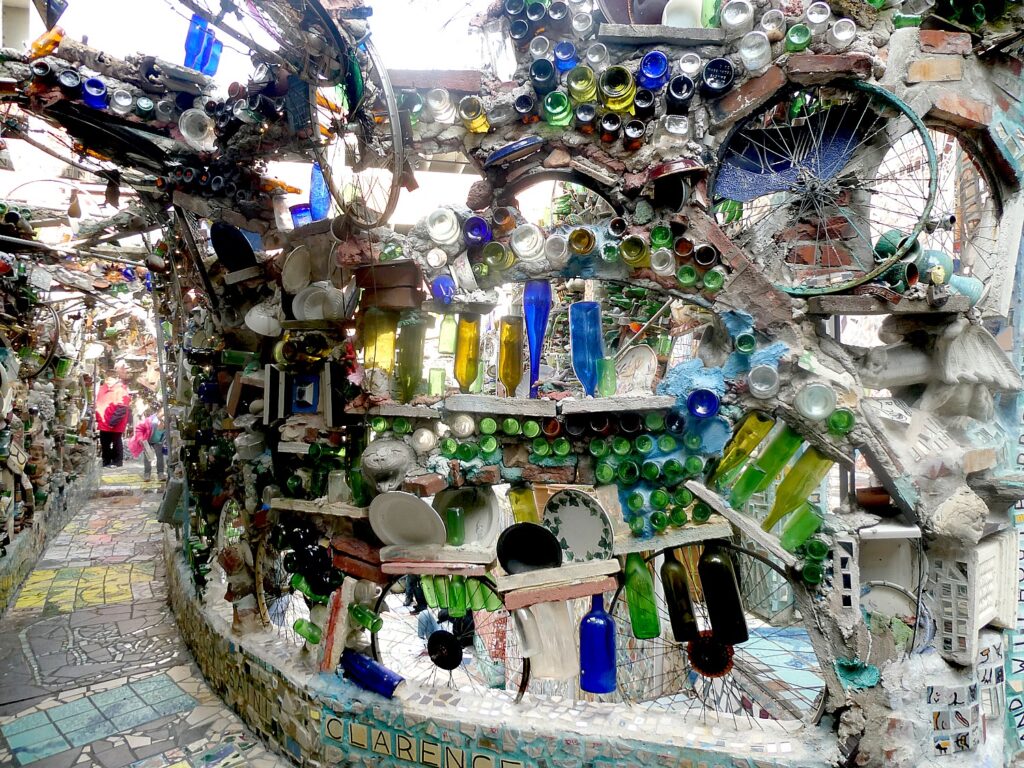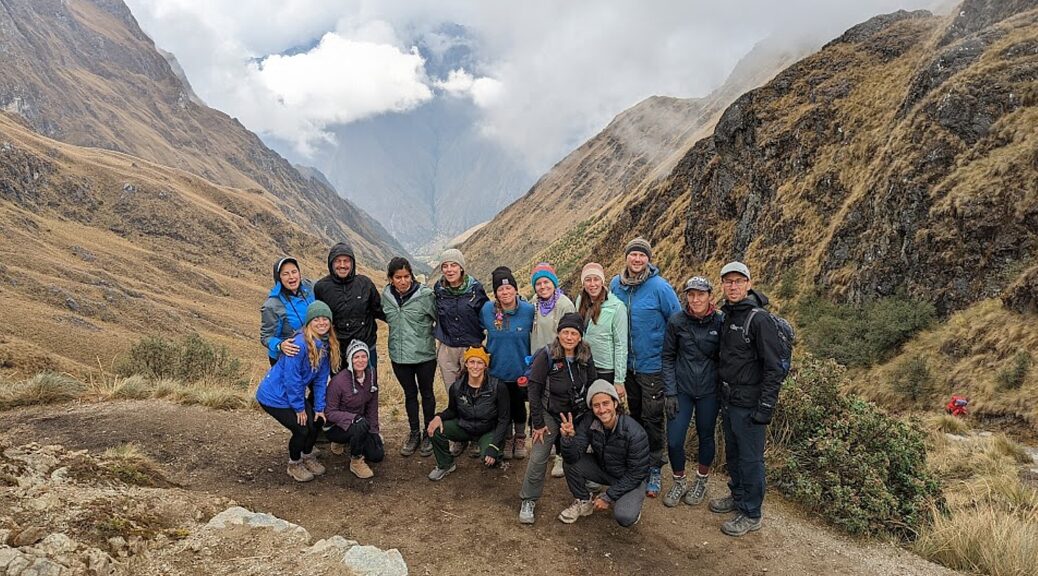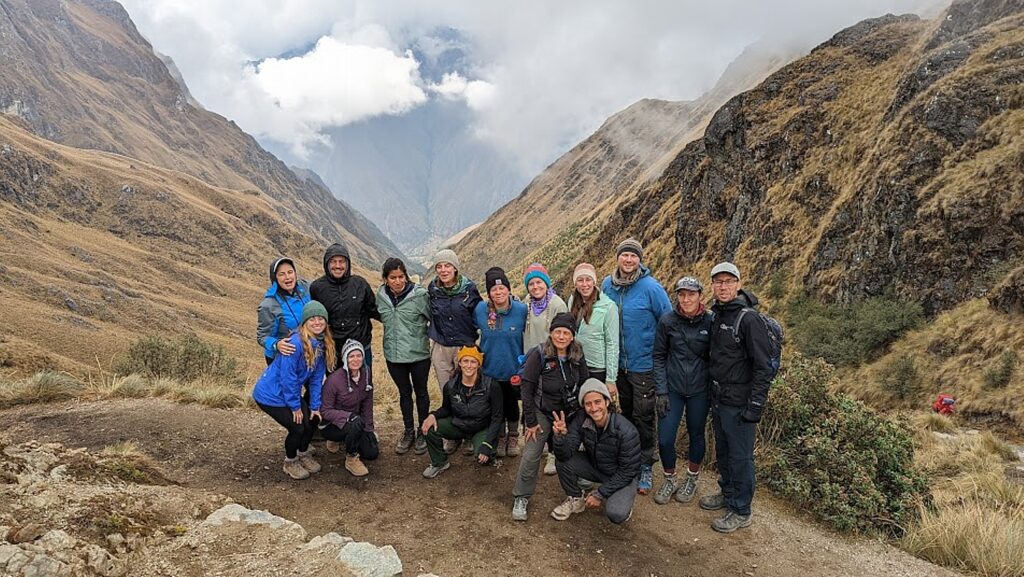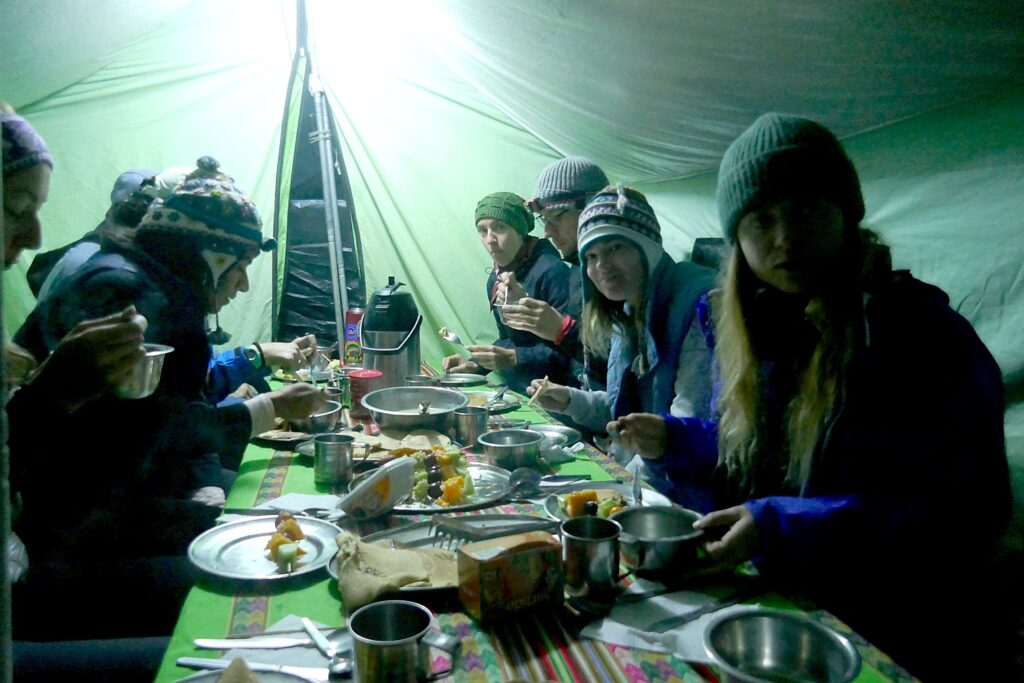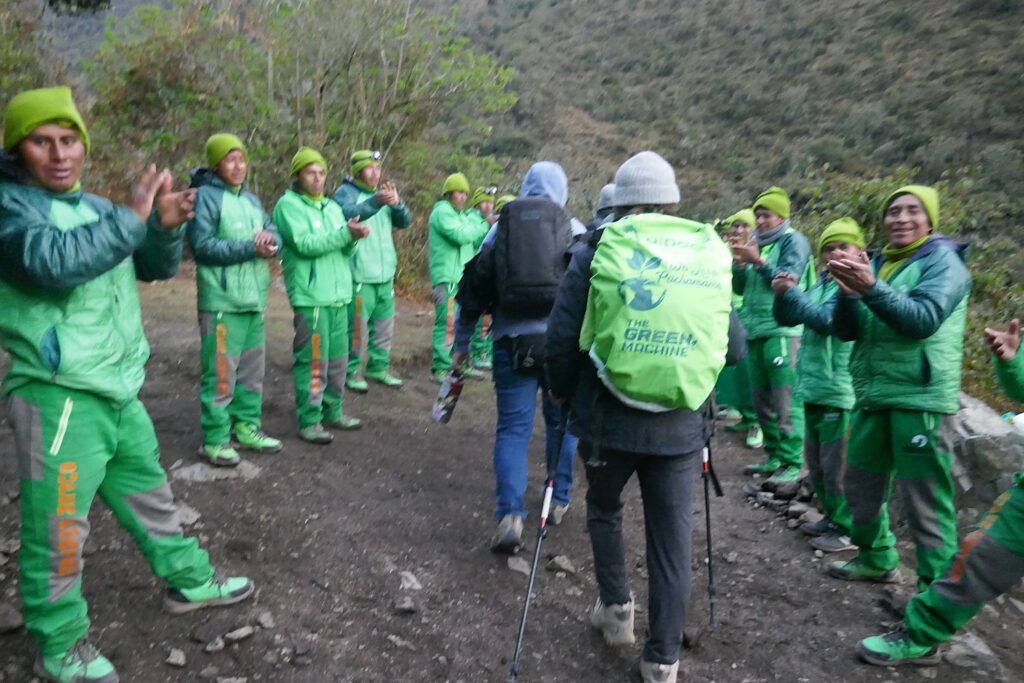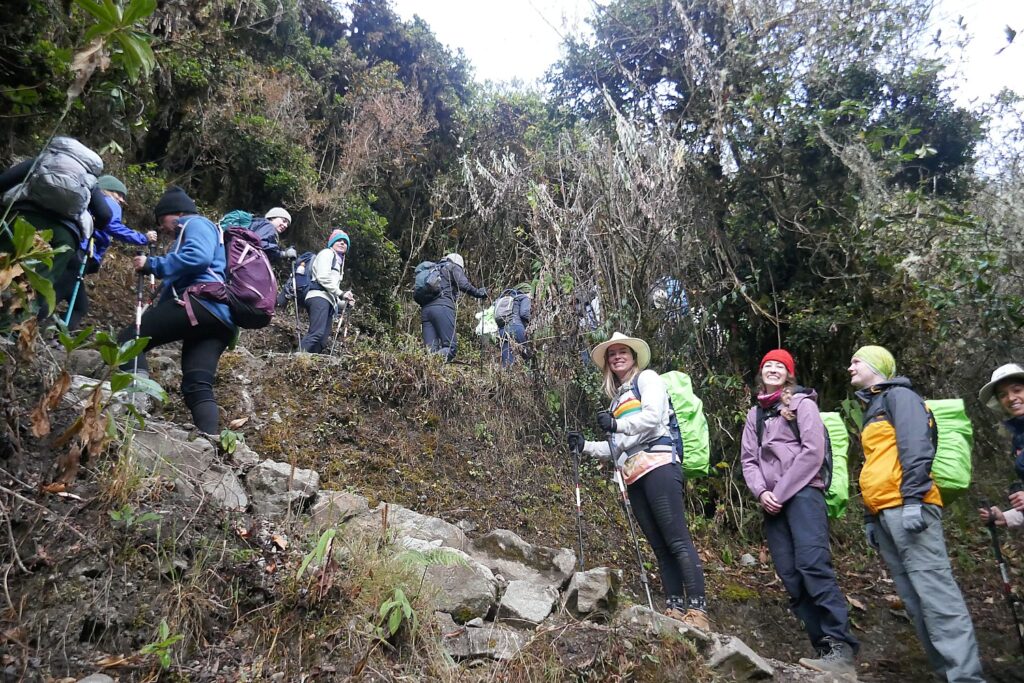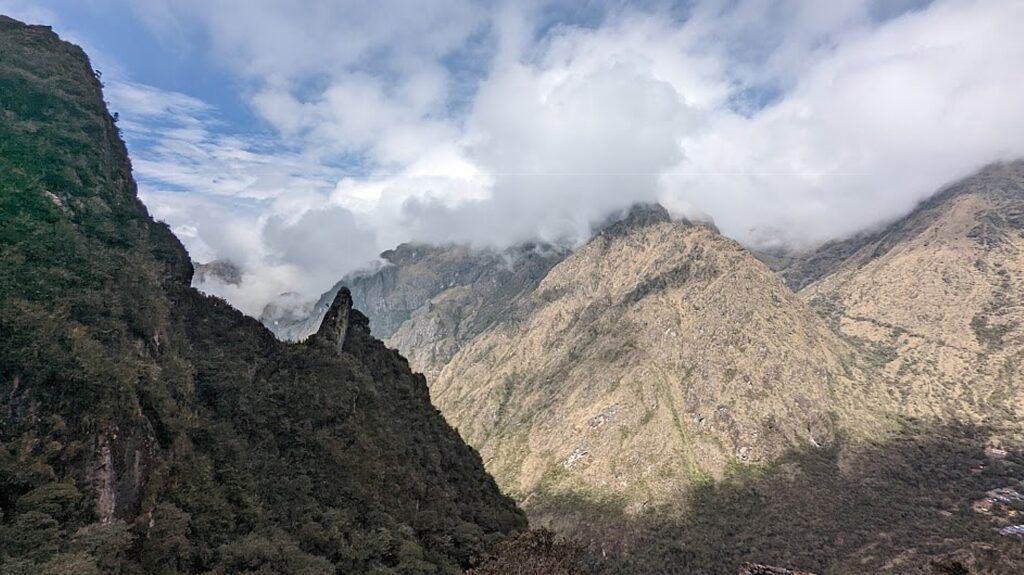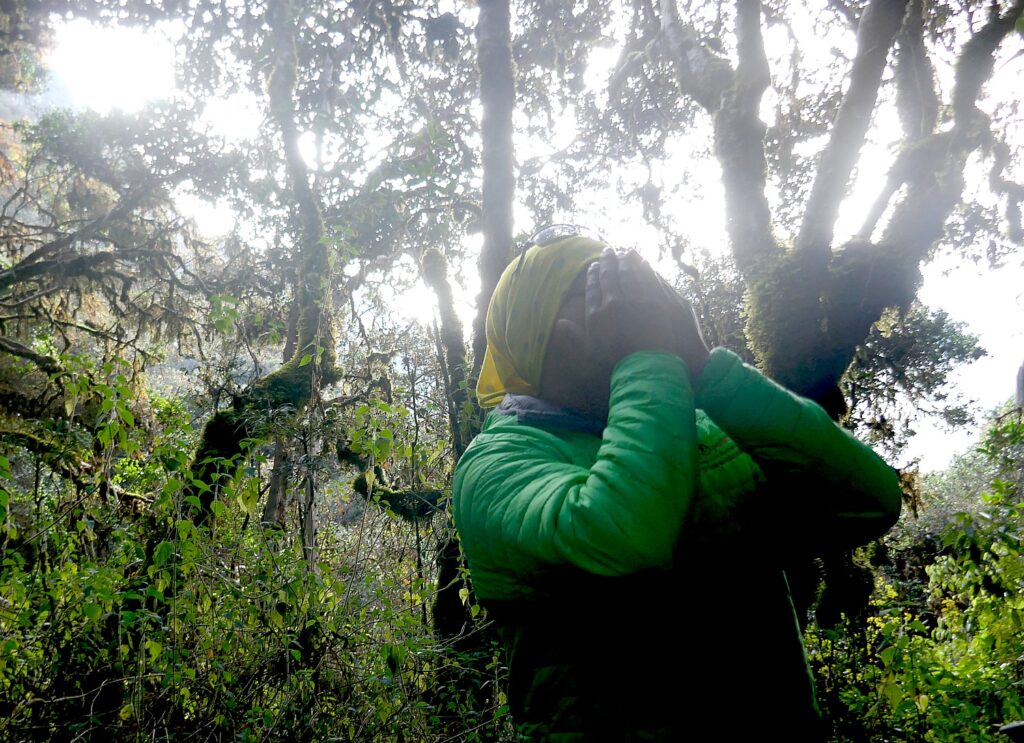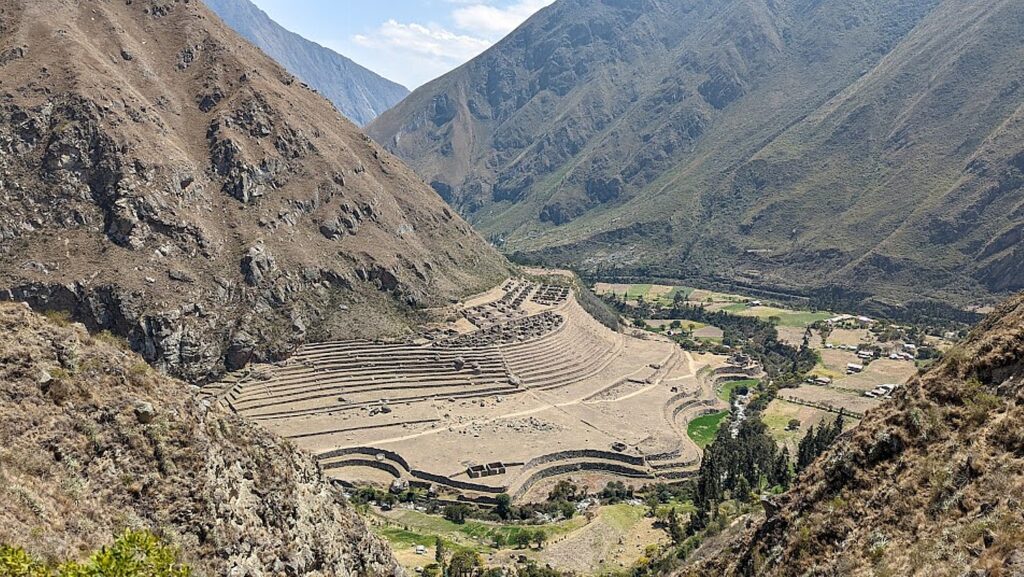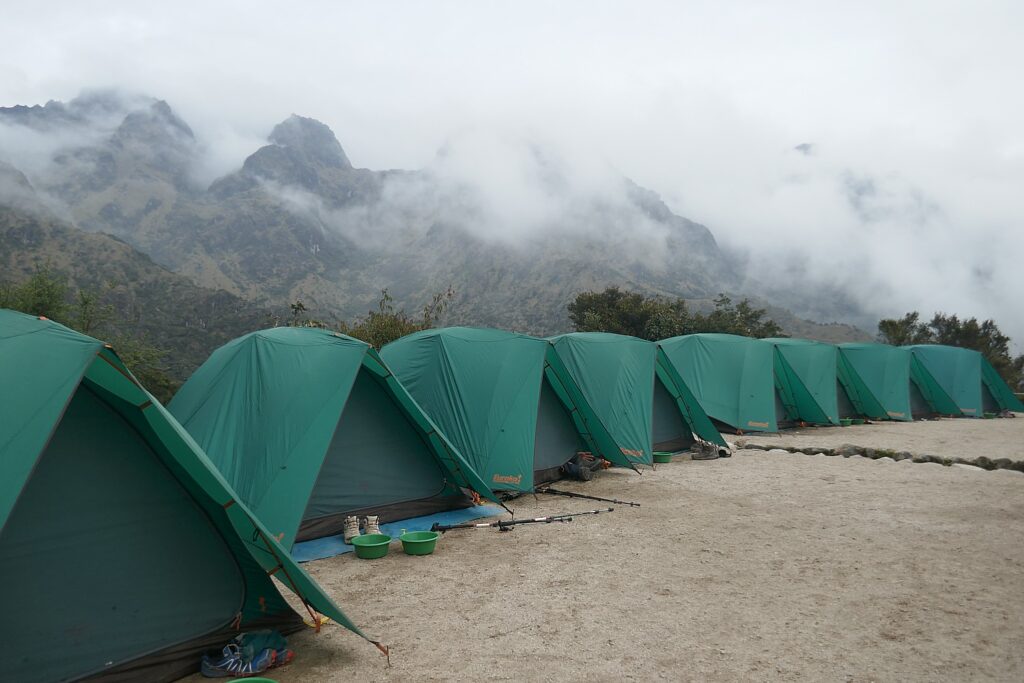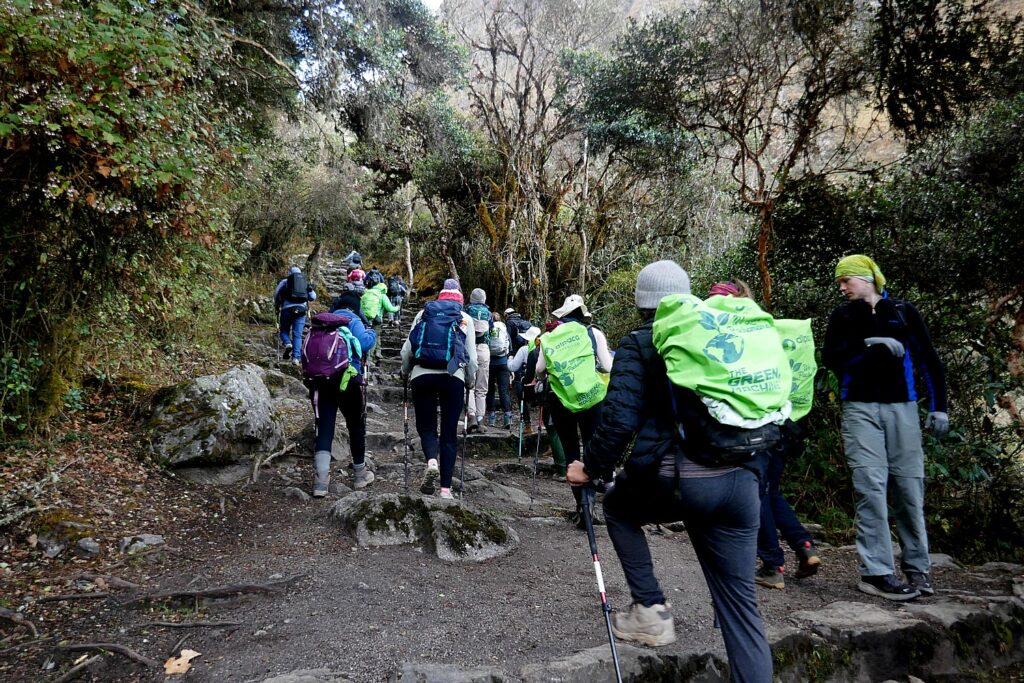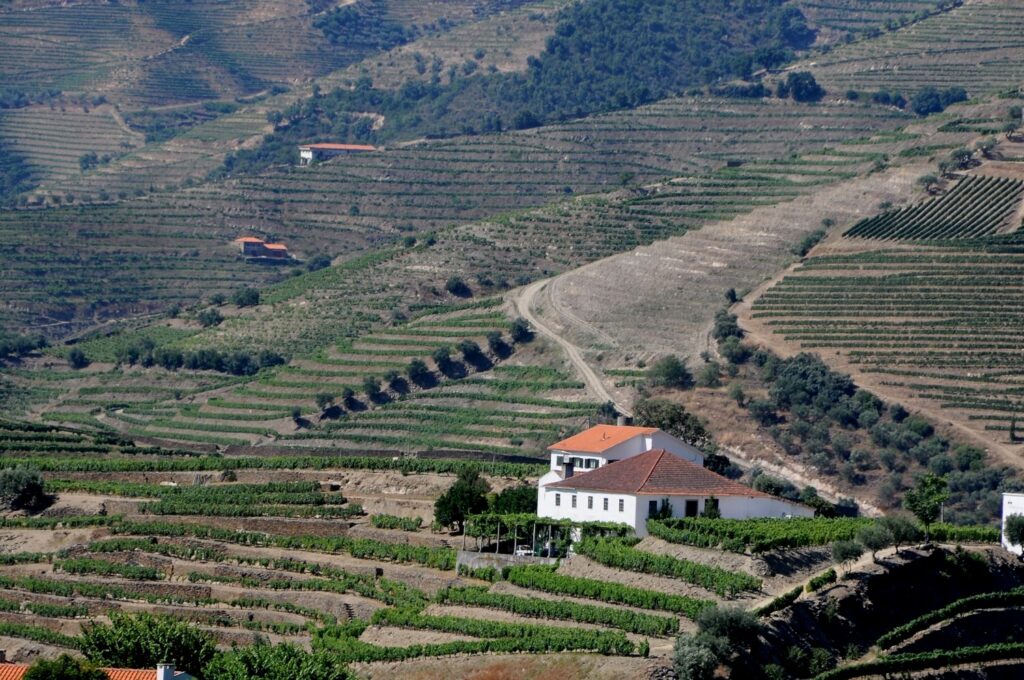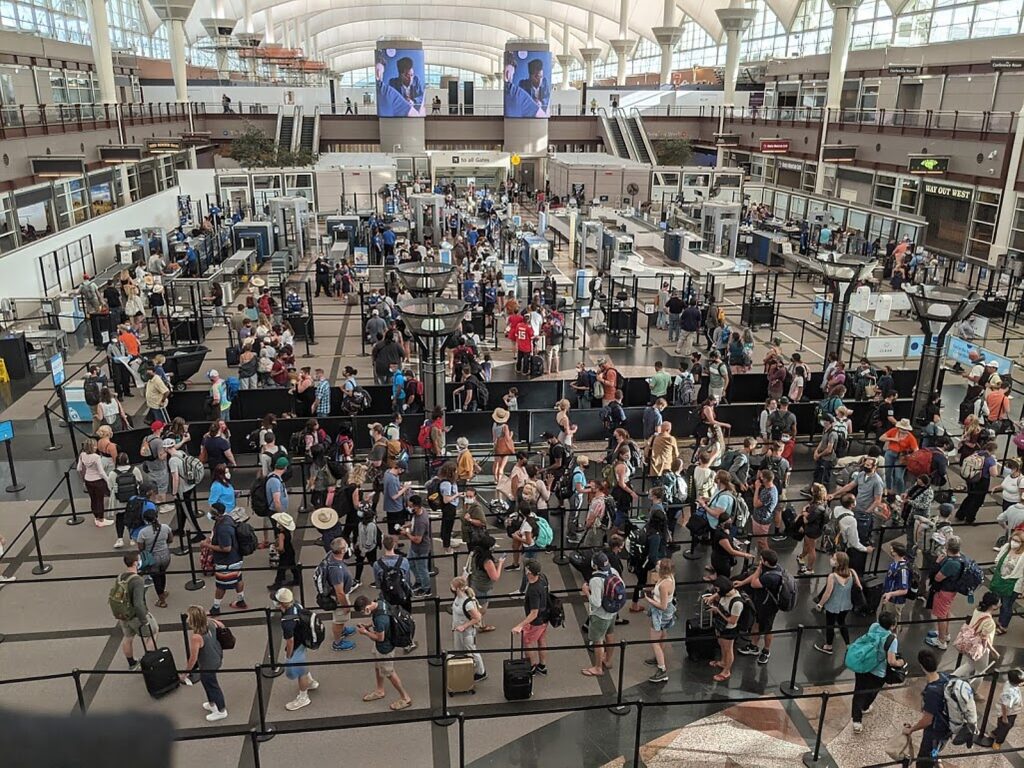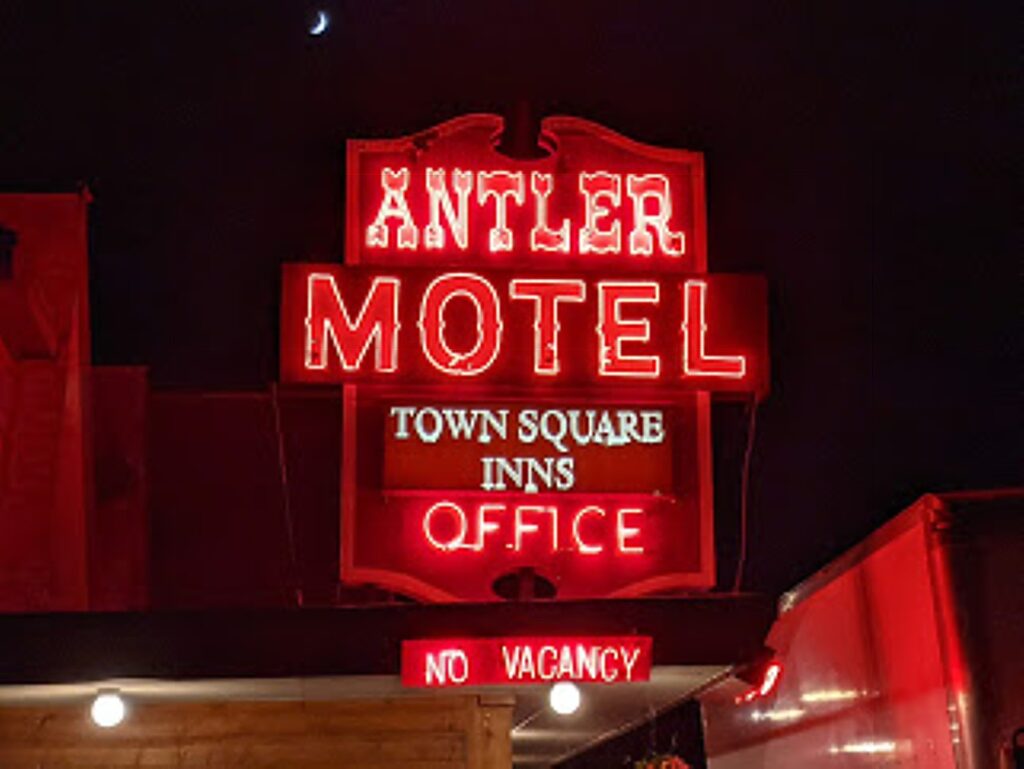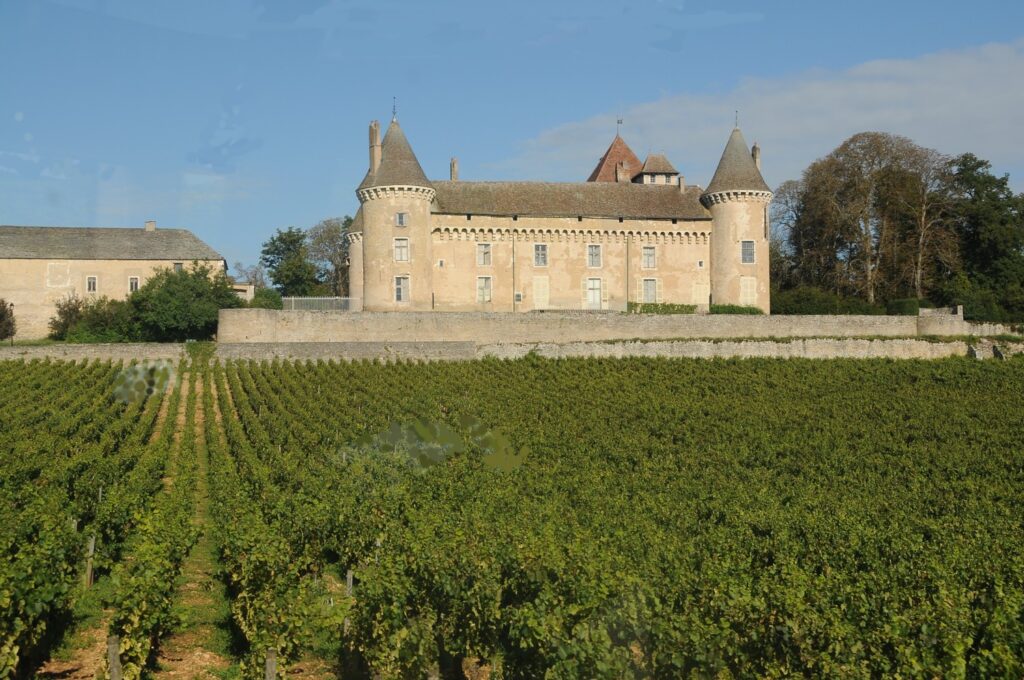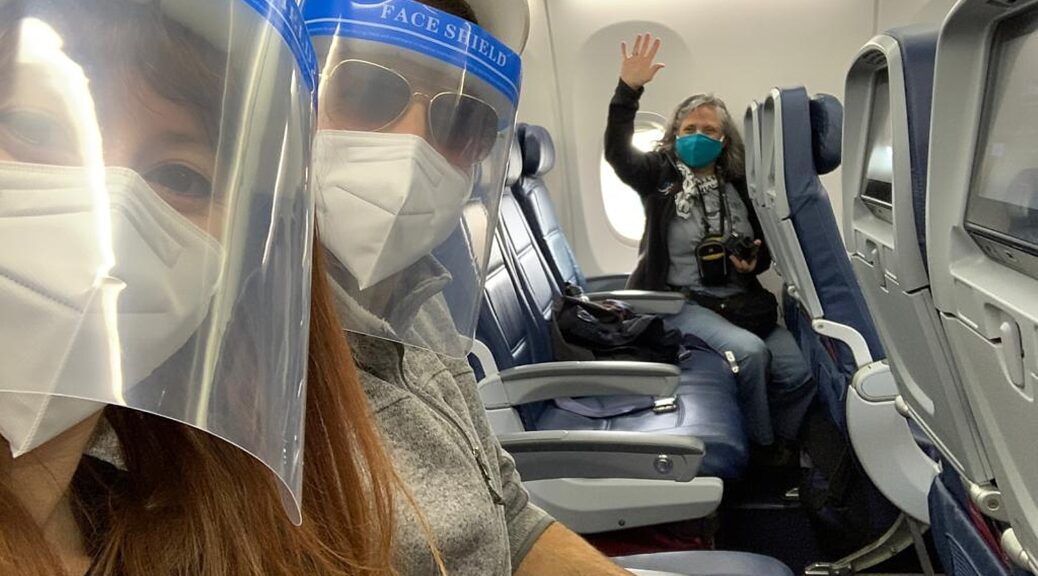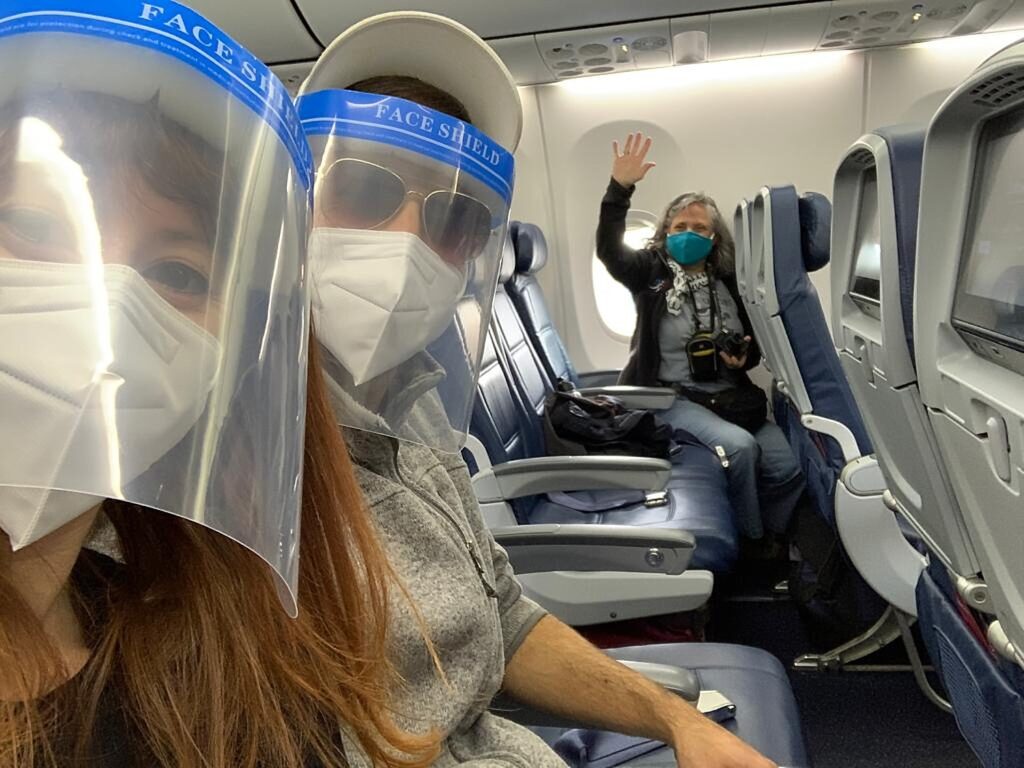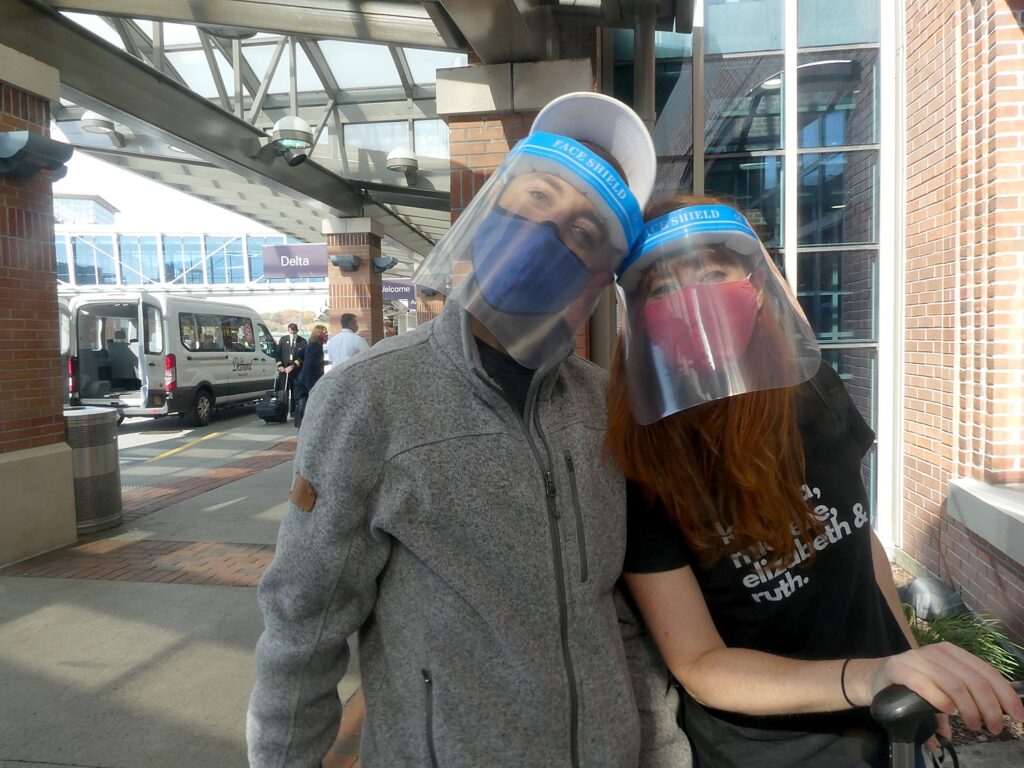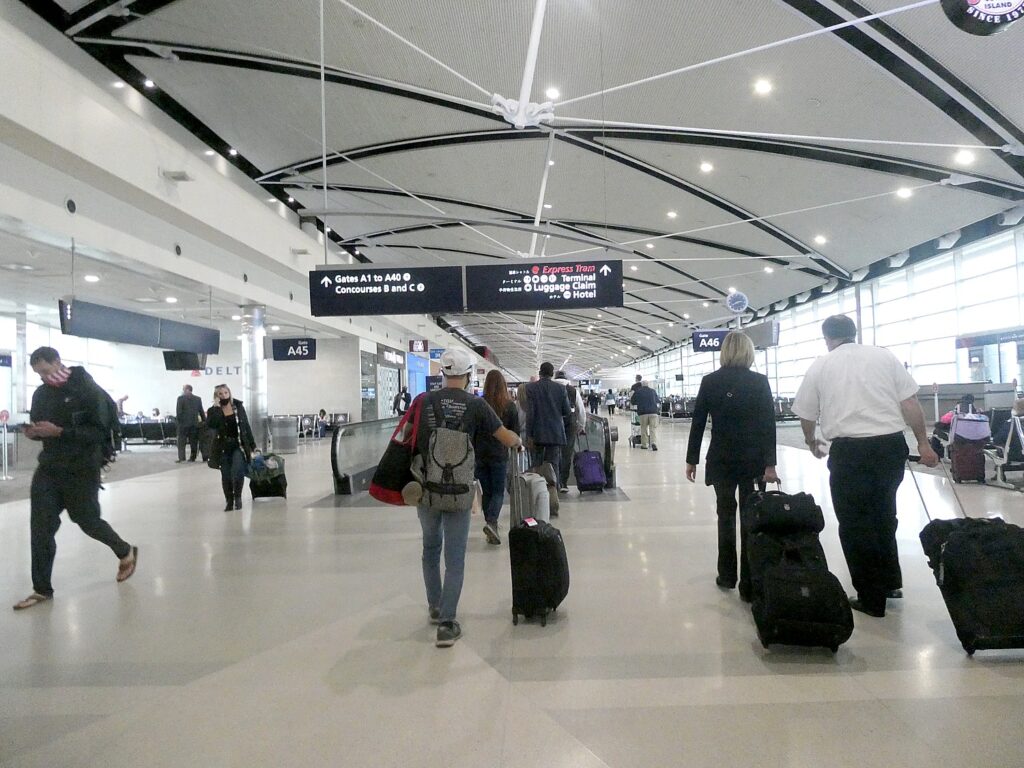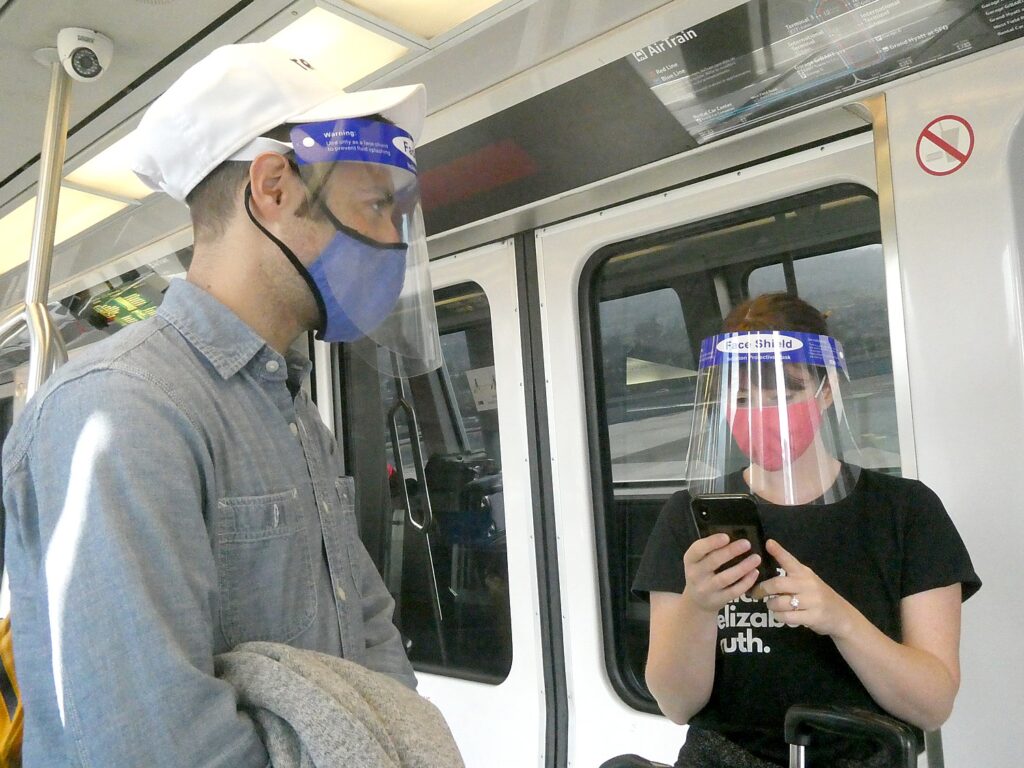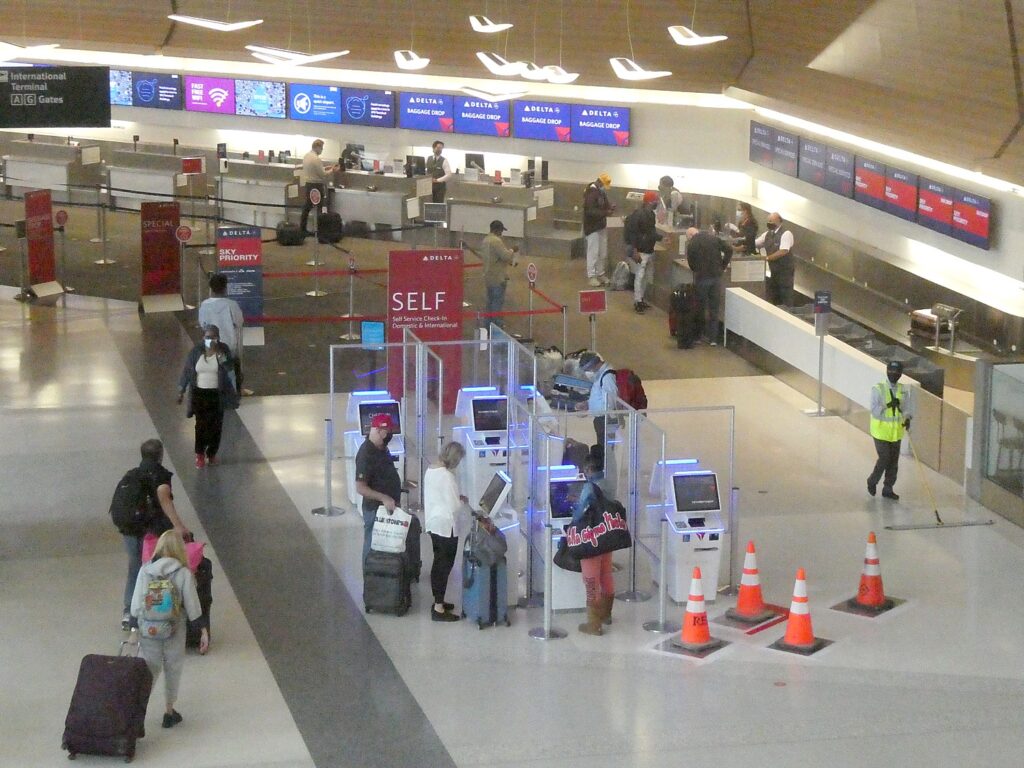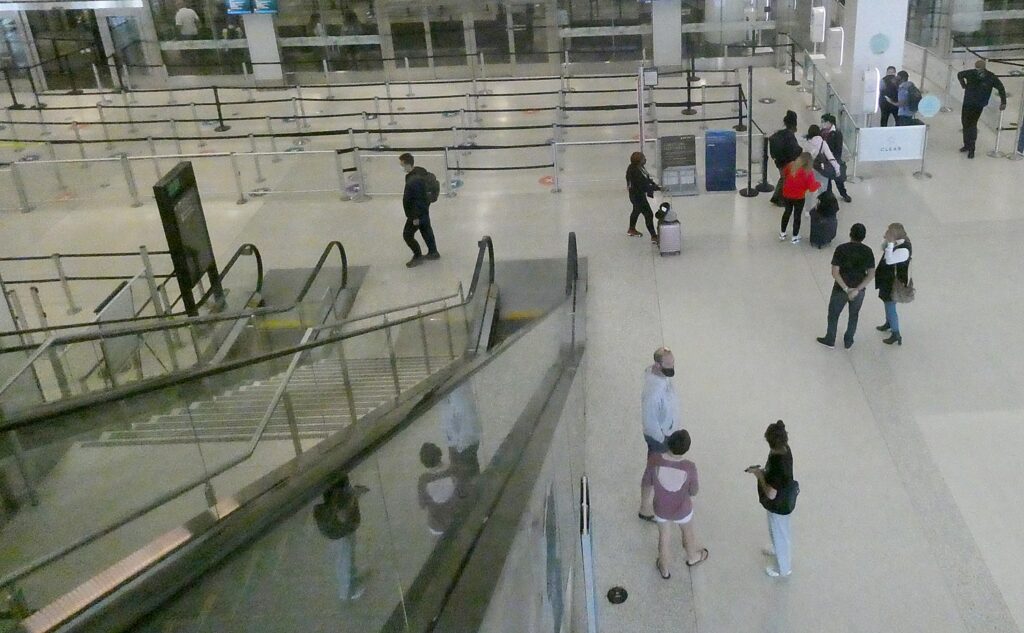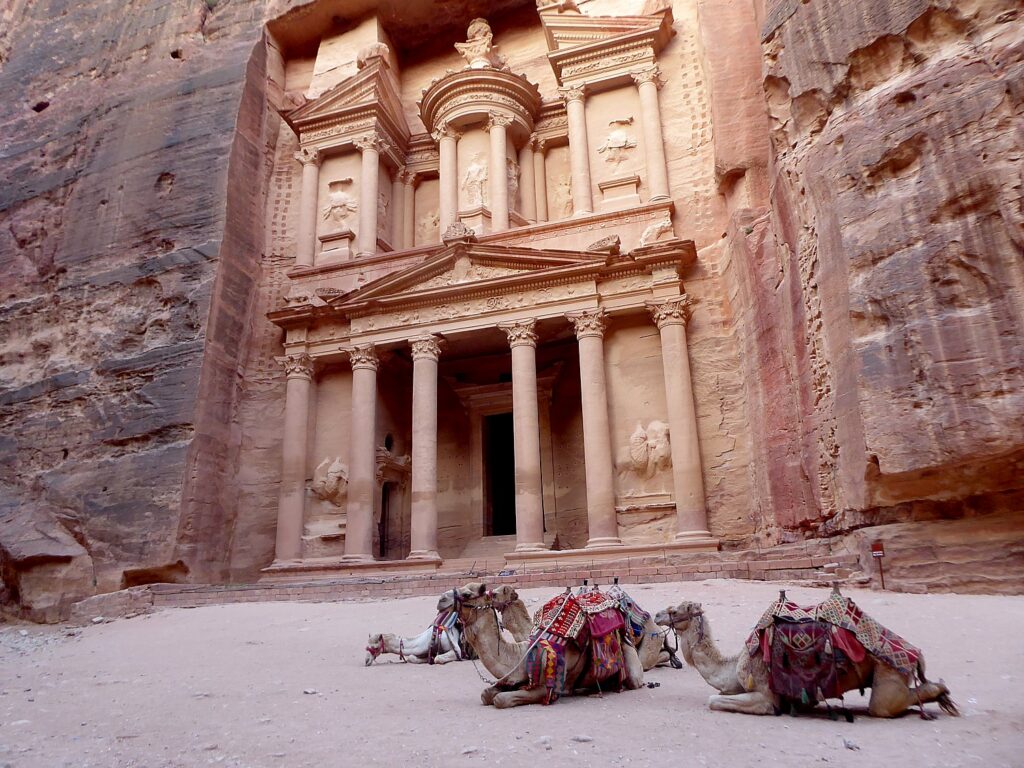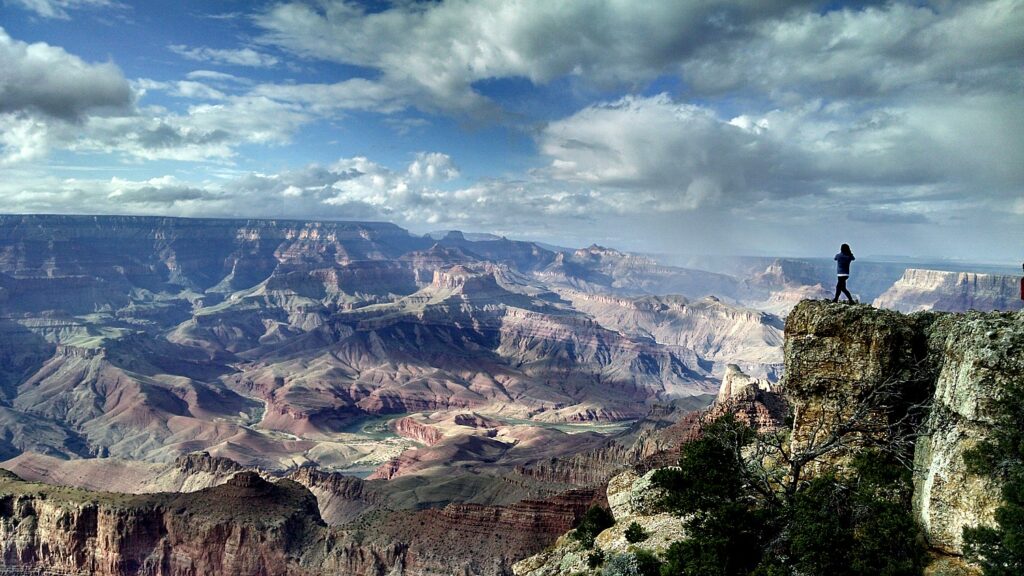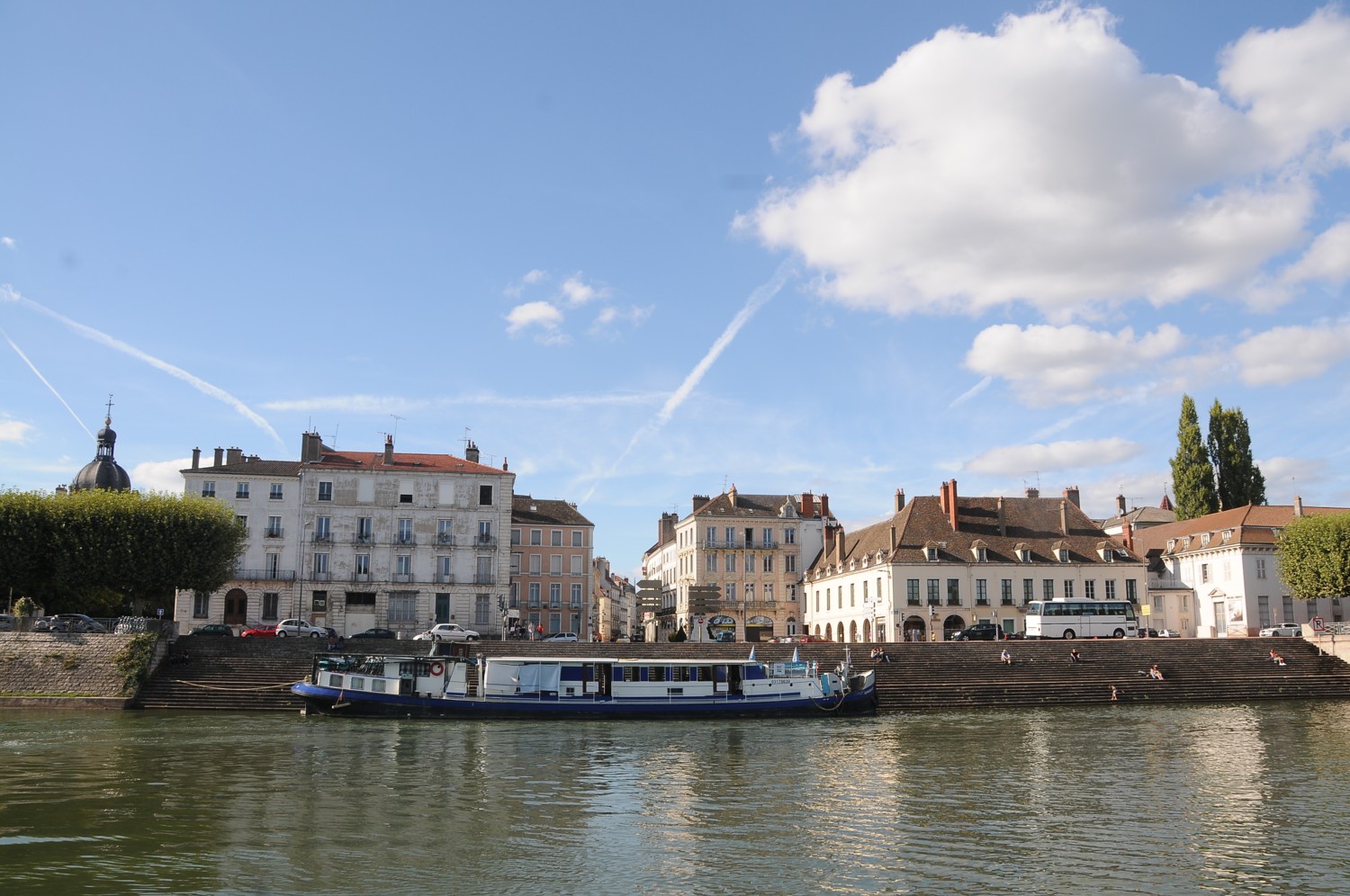
By Karen Rubin, Travel Features Syndicate, goingplacesfarandnear.com
Le Louvre is SOOO big, so famous and so very popular – in fact, the world’s largest art museum at 652,300 sq. ft., housing some 35,000 objects from prehistory to the 19th century – the best strategy is simply to just surrender to it, go with the flow, and be surprised.
In 2018, the Louvre welcomed 10.2 million visitors, 3.5 million more than the Vatican Museums which is the second largest in Europe. The collection is valued at well over $35 billion plus another $10 billion for the building!
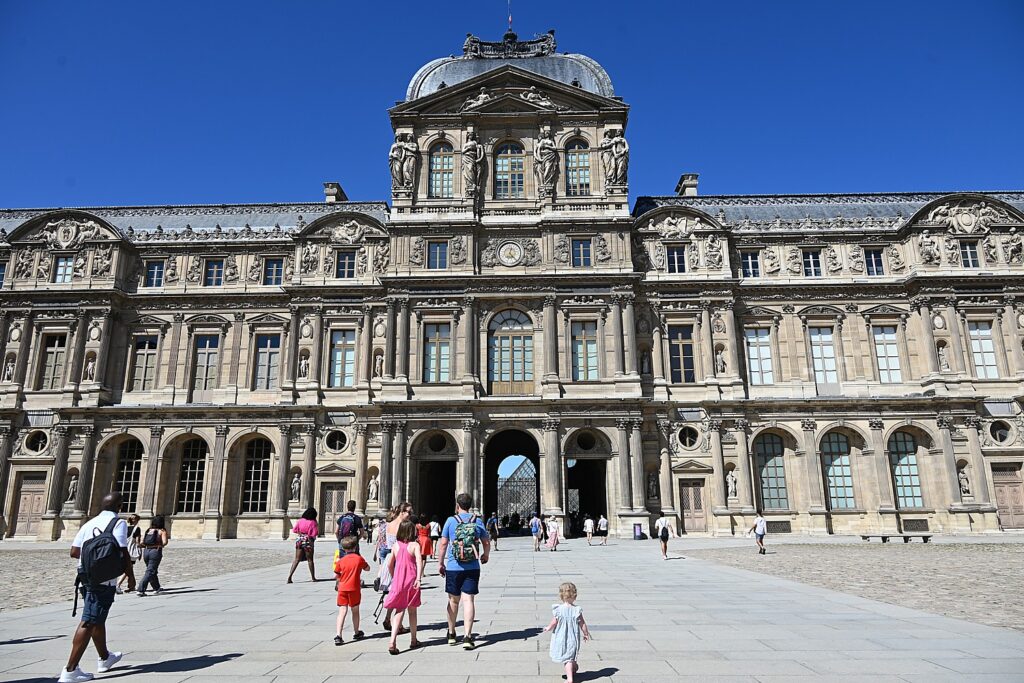
Once the home to French Kings including Louis XIV, this monumental palace began as a fortress built in the late 12th century under King Philip II. It was converted to a museum during the French Revolution in the late 18th century. (Hence my observation that such magnificent structures that make Paris so fabulous could only have been built by a monarchy, but opened to the public by a democracy.)
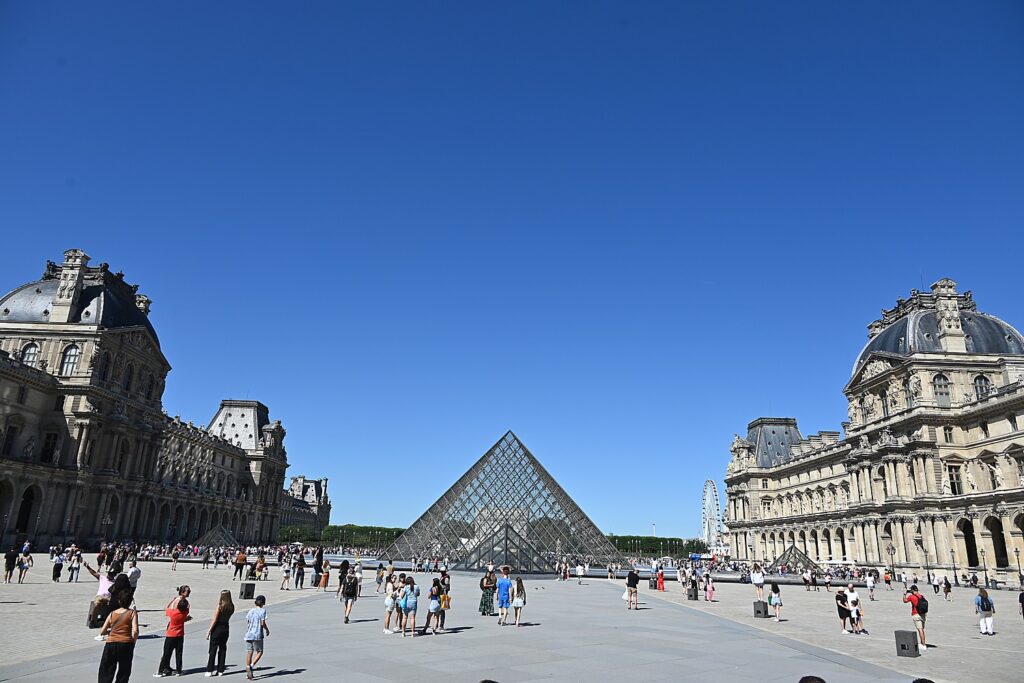
The galleries span 15 acres, which is why, except for the Mona Lisa and some of the other majorly famous items, it is possible for 15,000 people a day to come through and you can still have some areas almost to yourself.

It is massive and overwhelming – like culture shock, really, especially after having visited the comparatively calm Musee D’Orsay the day before. The connecting rooms through three wings of the palace that surround the massive courtyard seem to go on and on and on.
Considering that it would take 100 days to see all the art in Le Louvre, I decide the best thing is to just go with the flow – and get the Mona Lisa out of the way – and then just wander and be surprised. (Besides the Mona Lisa, the other blockbuster attractions are Venus de Milo, and the Winged Victory.)
It is also one of the most fabulous buildings you will ever have the chance to visit, and just going room by room (be sure to look up at the decorated ceilings), is thrilling.
I follow the signs –and the crowd – into the hall with the Mona Lisa, “La Gioconda.”
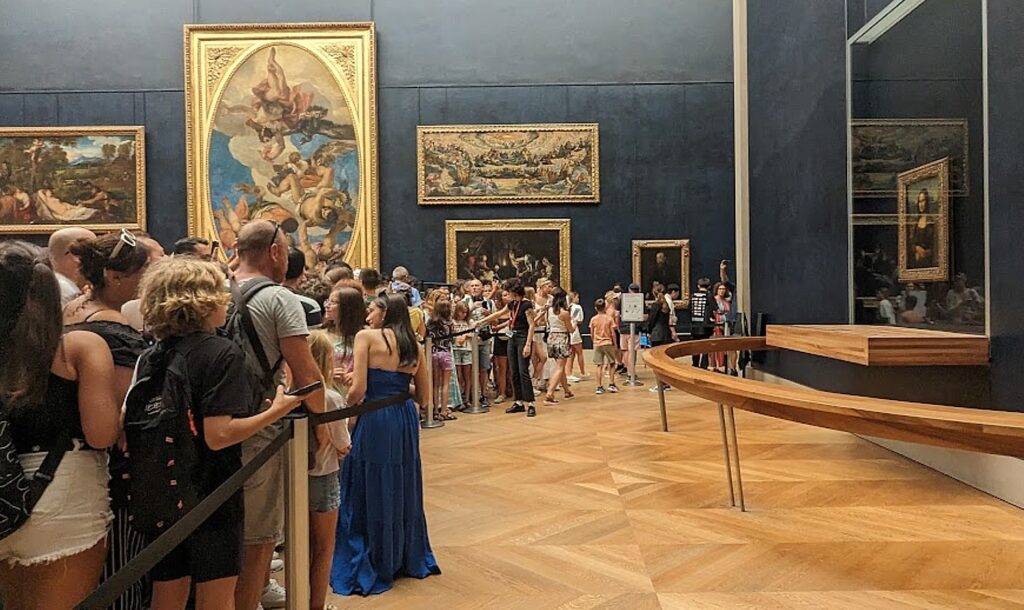
It’s a bit of a jungle to make your way to the painting (they could have alleviated by putting up ropes that guide you along, like they do outside at the ticket counter, which would also give everyone their turn at seeing the painting from all angles). I move through the middle, row by row.
The sitter for the portrait is believed to be Lisa Gherardini (1479-1542) who lived in Florence, the wife of Francesco del Giocondo, a wealthy silk merchant. “Leonardo aimed to bring his portrait to life by depicting Lisa as if she were naturally turning to welcome us. Her upper body is in three-quarter view, but her gently smiling face is frontal,” a poster analyzing the painting notes.
I learn that Leonardo da Vinci used the afumato painting technique of applying multiple layers of pigments bound in oil to create subtle transitions from shadow to light, which is how he brought his model’s gentle smile to life.
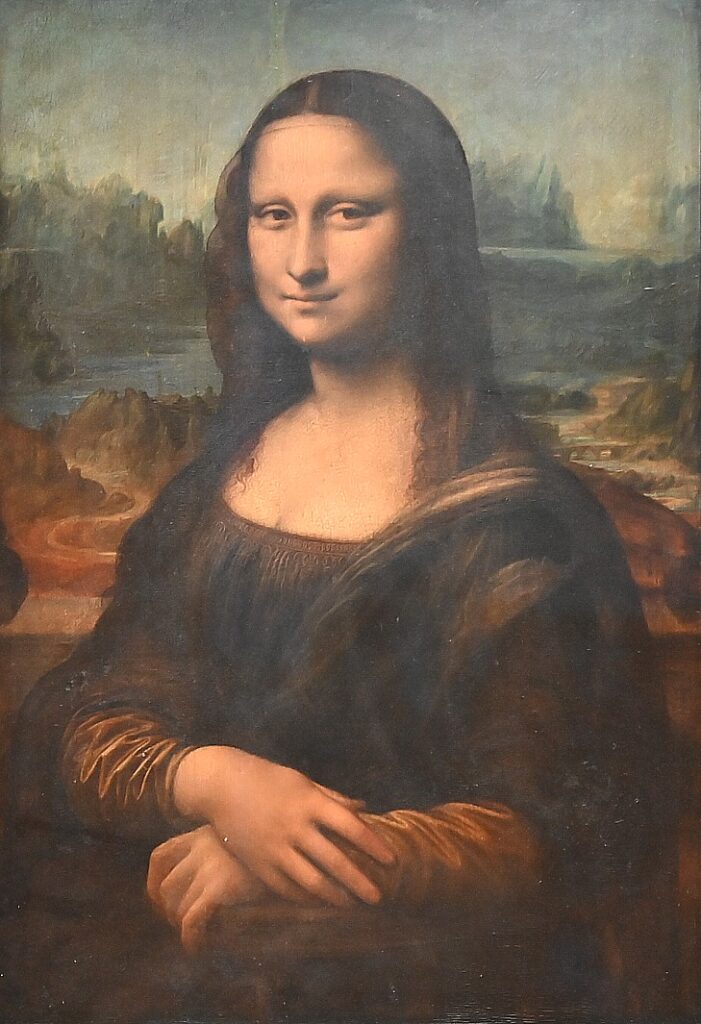
I also learn that the landscape is imaginery – “Leonardo mastered so-called ‘atmospheric perspective’ using different shades of blue to blur the outlines and give the scene a striking depth. A path on the left draws our gaze to mountains bordered by lakes. This wild majestic landscape suggests the slow formation of the Earth, the battle of the elements and the erosion caused by time.”
Leonardo began this partially experimental painting around 1503 and never finished it. Yet, it is intriguing to learn that he took it with him everywhere he went, until his final trip to France in 1516 at the invitation of King Francois I. The king bought the painting, which is how the “Mona Lisa” entered the French royal collection.

Near to where you exit from Mona Lisa is a great hall lined with monumental historical paintings.
There is one where Emperor Napoleon is crowning the Empress Josephine. Another depicting Napoleon at the Battlefield of Eylau (9 February 1807), a battle Napoleon’s troops won against Russians and Prussians but paid a high price in lives.
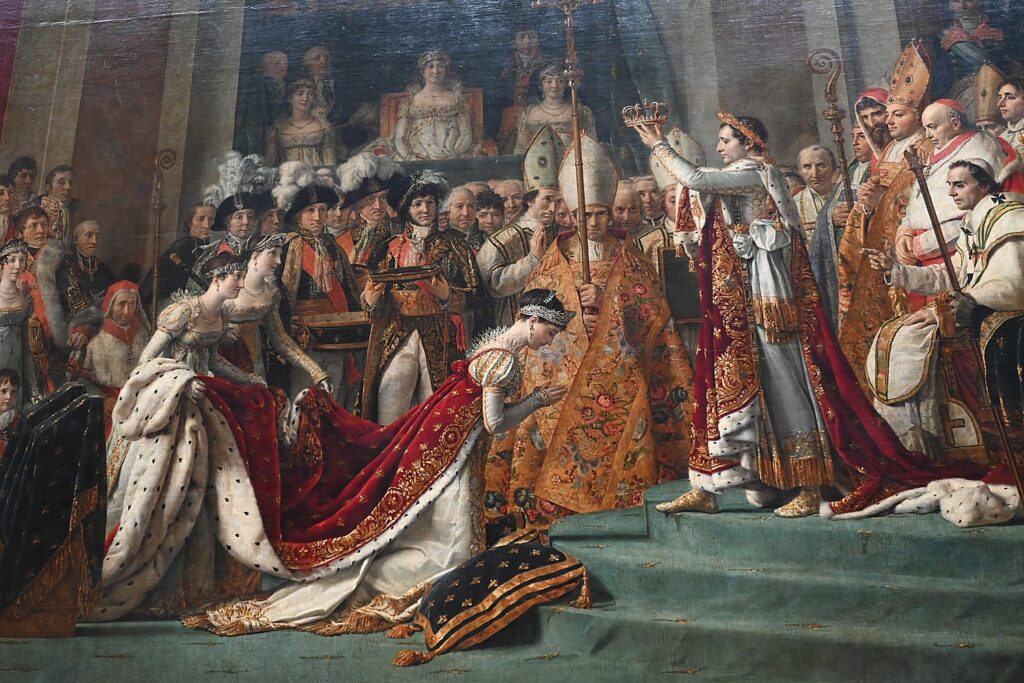
“For the purposes of propaganda, the artist Antoine Jean Gros (who painted it in 1808) depicted Napoleon as a compassionate conqueror ensuring aid for the wounded enemy soldiers. The zeal of the doctors and the emperor’s serenity temper the horrors of war.”
There is also Jacques-Louis David’s a portrait of Napoleon Bonaparte (1769-1821) painted when he was a young dashing fellow (1797-1798).

You realize that such paintings (as well as statues, busts, coins and stamps) were the only way people could record what someone looked like or a historic event (and therefore eminently exploitable for propaganda).
After getting the Mona Lisa under my belt, I just kind of wander, with no specific plan, just being surprised as I go through palatial rooms. (As a general rule, the further away from the Mona Lisa you get, the less crowded until you find rooms that you can have almost to yourself.)
As it happens, I practically fall upon another of Le Louvre’s famous statues, “The Winged Victory of Samothrace,” that graces the top of the monumental Daru staircase. Dating from 190 BC, “Winged Victory” is of major importance because it is one of the few surviving examples of original Hellenistic sculpture.

But at one point, I decide to search for the Venus de Milo – the third in the triumvirate of Le Louvre’s iconic works – get lost, and, instead, find myself amid Mesopotamian, Greek and Roman artifacts, instead (I never find Venus).
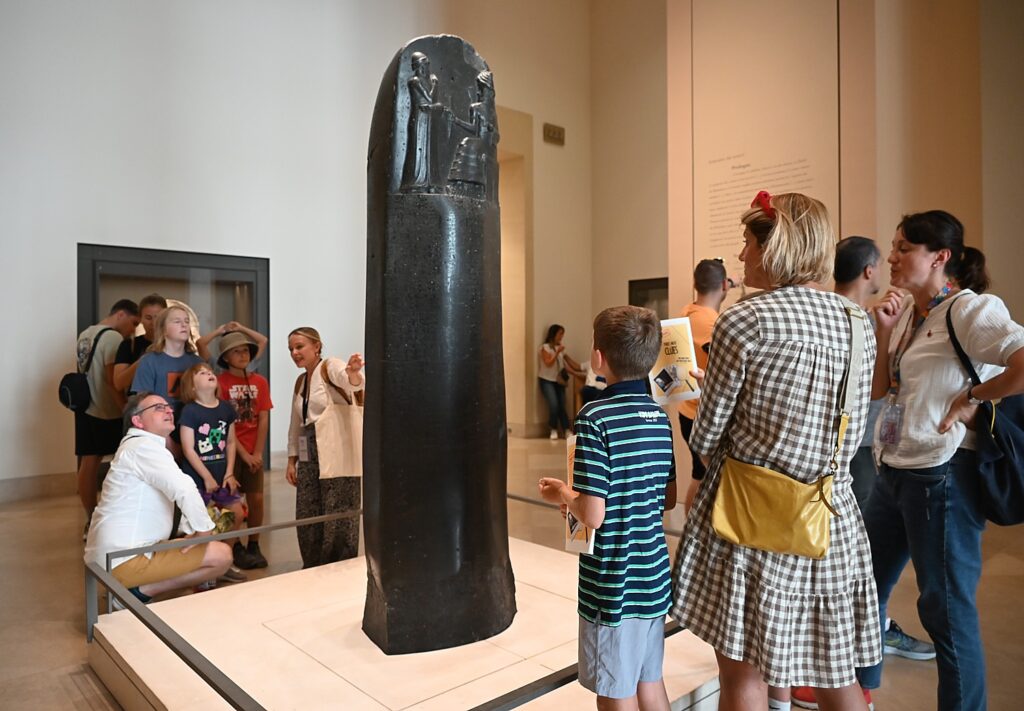
In fact, I am stunned when I stumble upon the Code of Hammurabi – in fact, one of the most exciting works in the Louvre. This black stele of basalt stands over two meters high and is engraved with the earliest collection of written laws in human history. It was engraved in Babylon (today’s Iraq) around 1760 BC and recovered in 1901 in Susa (present-day Iran). (The Ten Commandments is dated between 16th and 13th centuries BCE.)
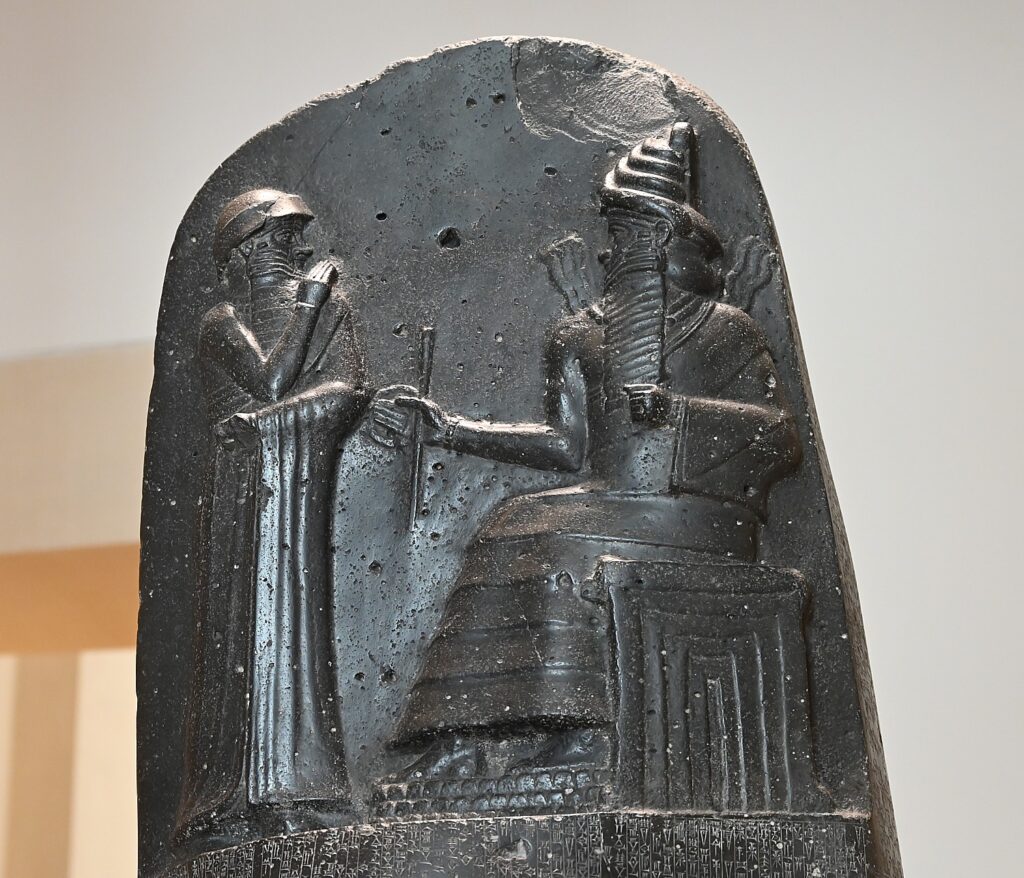
Hammurabi was the first sovereign who decided to convert rules formerly passed on through oral tradition into an actual code of laws. The upper part of the stele depicts Hammurabi himself, symbolically receiving the laws from the sun god Shamash, the patron of Justice. The lower part is the text documenting 282 laws. The most prominent (famous) is establishing the legal standard of retaliation – the right to inflict damage in equal measure on those who intentionally harmed you (“an eye for an eye and a tooth for a tooth,” though equality of punishment took into account the same social level), according to an article by Stefano Zuffi e Davide Tortorella (https://mywowo.net/en/france/paris/louvre-museum/hammurabi-stele-richelieu-wing-hall-3)
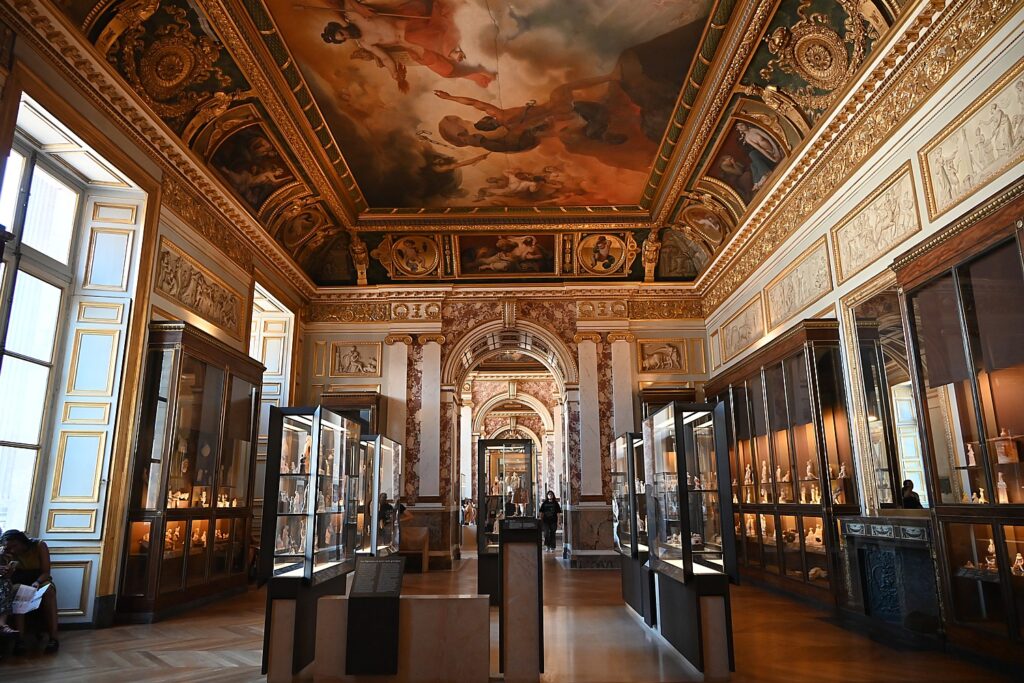
Le Louvre is really a palace – one of the grandest you have ever seen or have the opportunity to be in. Just walking through the galleries, so opulently decorated from floor to ceiling, the ornamentation is quite fabulous.
You need at least 4 hours to visit.
If your schedule allows and you book early enough, visit the Louvre Museum at night when the vibe is less frenetic and the famous pyramid is illuminated. (Wednesday and Friday, open until 9:45 pm.). Otherwise try to book a morning time as early as possible.
There are several ways to avoid waiting in a long line to get into the Louvre: purchase the Paris Museum Pass (you still must book a time slot in order to guarantee access into the museum; you provide the serial number of your Museum Pass, https://www.ticketlouvre.fr/louvre/b2c/index.cfm/pmpevent/eventCode/PMP, here); book a timed entry ticket online in advance at the official Louvre website, €17 (https://www.louvre.fr/en/visit/hours-admission); or take a tour (https://www.getyourguide.com/louvre-museum-l3224/).
Le Louvre, https://www.louvre.fr/en/visit/.
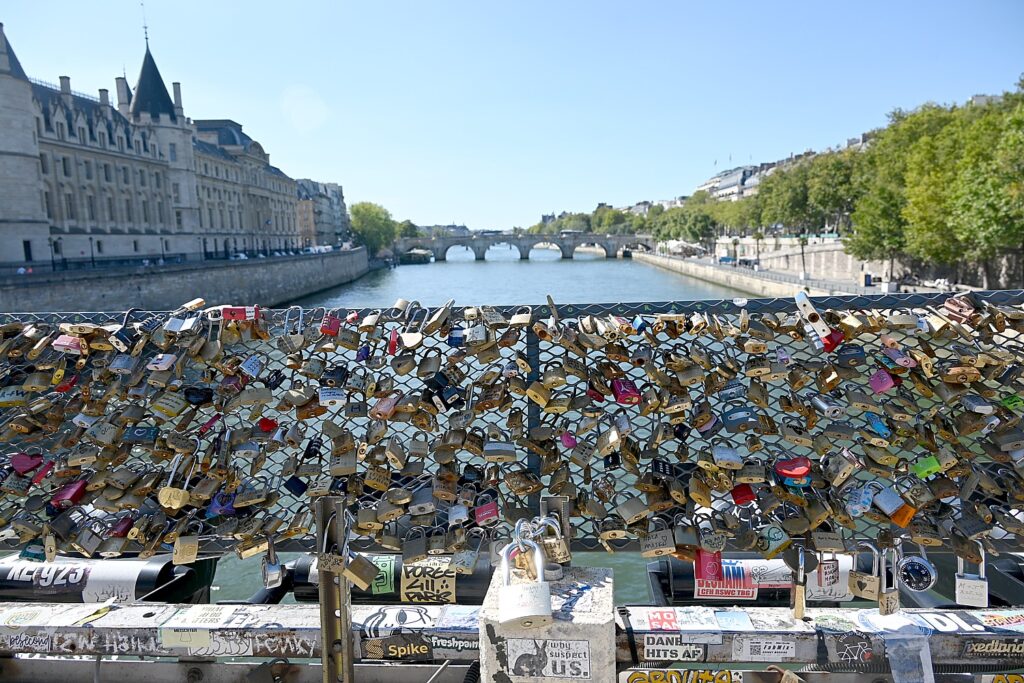
Ile de la Cite
I cross the Seine on the Pont Royale and walk along the Quai Voltaire to return to the Isle de Cite for another look at Notre-Dame Cathedral, hoping to see workmen on a Monday.
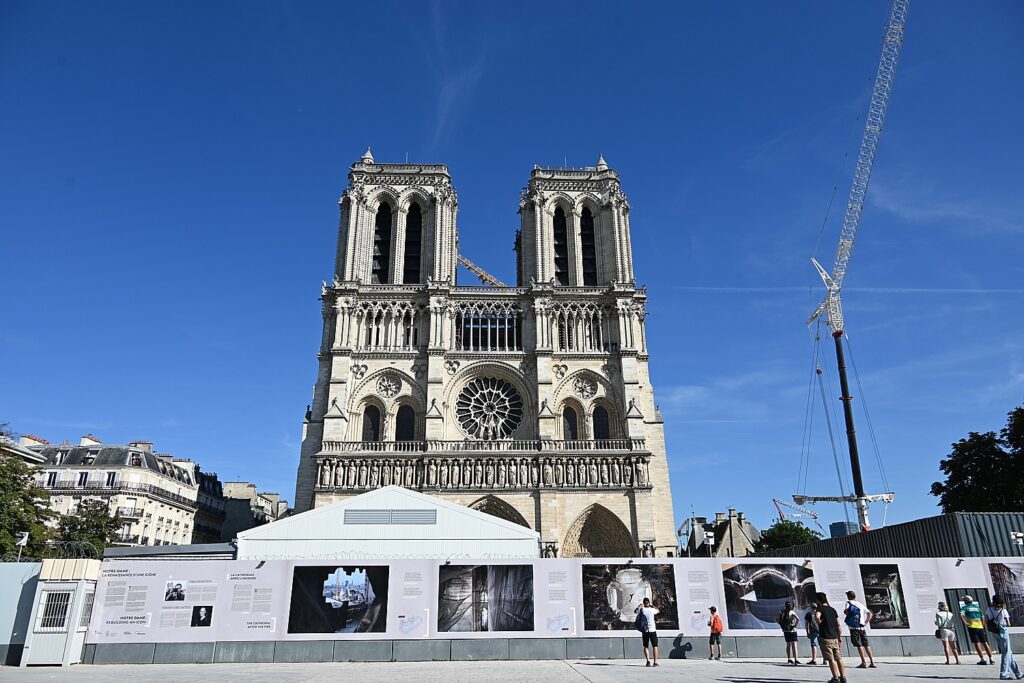
The tragic fire in April 2019 destroyed so much of the iconic 860-year-old limestone and the latticework of ancient timbers that formed Notre-Dame’s attic, melted the roof’s lead sheath, and endangered the stability of the stone structure. The cathedral’s spire was sent crashing into the interior. It has since been raised again, “one of the most visible and most potent symbols of the cathedral’s rebirth,” a newspaper account states.
There is an outstanding photo exhibit by photographer Tomas van Houtryve with notes documenting the dramatic story of Notre-Dame’s restoration.
“I trained with teams of rope technicians, perched on ancient stones above the abyss, to access the heights of the cathedral,” Photographer Tomas van Houtryve relates. “It felt more like being on an alpine expedition than in the center of Paris. Bit by bit, the technicians carefully removed debris and consolidated stones.”

While I am standing in front of this exhibit, I learn that Jean-Louis Georgelin, the French general in charge of Notre-Dame’s reconstruction, had died just three days before, on August 18, in a fall while trekking in the Pyrenees mountains; he was 74 years old. Regarded as the architect of Notre-Dame’s rebirth, “The nation has lost one of its greatest soldiers,” President Emmanuel Macron said of him.
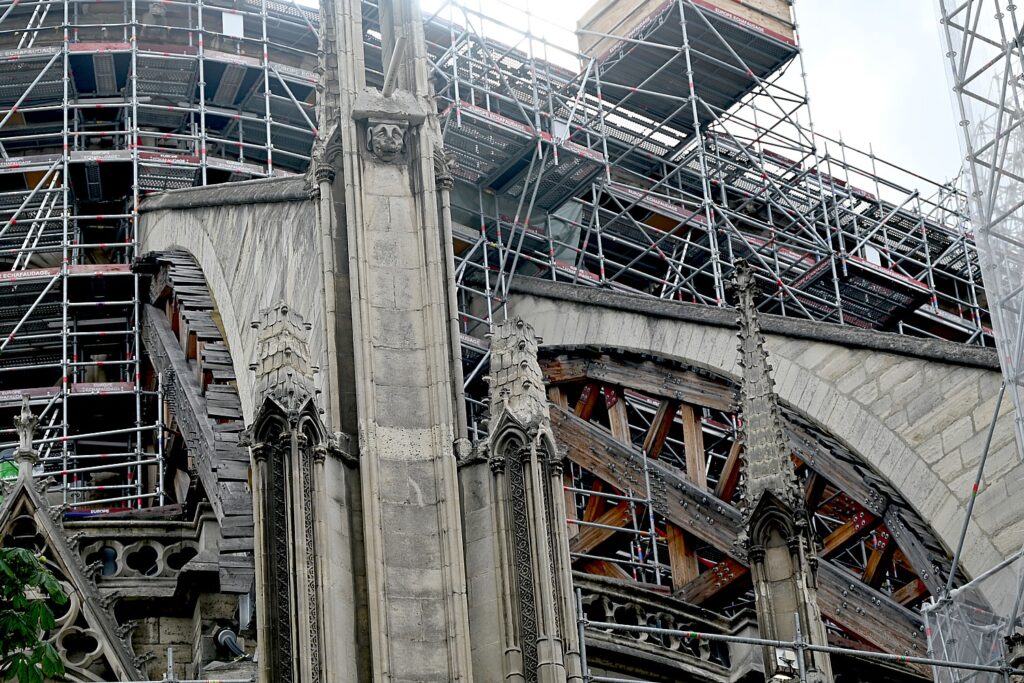
In an interview with the newspaper Le Monde in April, General Georgelin had insisted that “everything is being rethought.” Innovations include “cutting-edge” fire prevention technology like misting systems, thermal cameras and fire-resistant doors, as well as a recovery system to treat rainwater running off the lead roof before it goes into Paris’s sewers. “We are rebuilding Notre-Dame identically,” Georgelin had stated. “But we are building a 21st-century cathedral.”
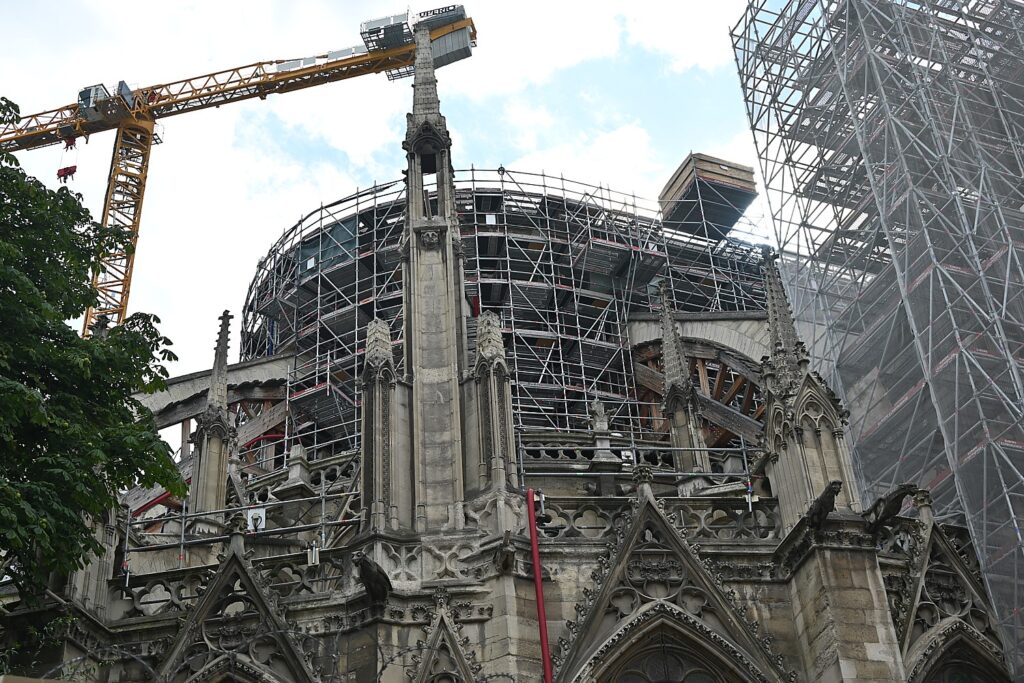
I wonder if this tragedy would also put a monkey wrench into the restoration efforts. So far, the plan is to reopen in December (it would have been a miracle to reopen in time for the Olympics this summer). But renovation work — especially on the exterior — will continue for years after the cathedral reopens for religious services and visitors (12 million used to visit every year).
There are signs that acknowledge and express gratitude to the worldwide community that has contributed to the restoration.
(Friends of Notre Dame publishes updates on the restoration: https://www.friendsofnotredamedeparis.org/)
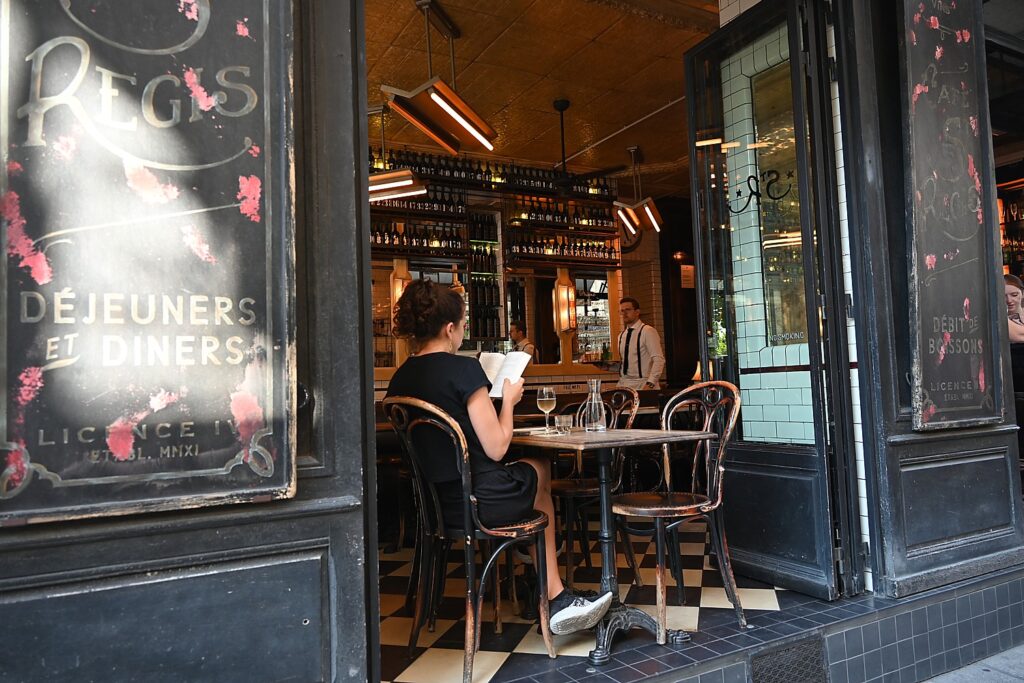
From Île de la Cité, I cross Pont Saint-Louis to Île Saint-Louis – more of a residential neighborhood with pleasant boulangeries, quaint cafes and delightful ice cream shops, and find a small park overlooking the Seine to enjoy my ice cream.
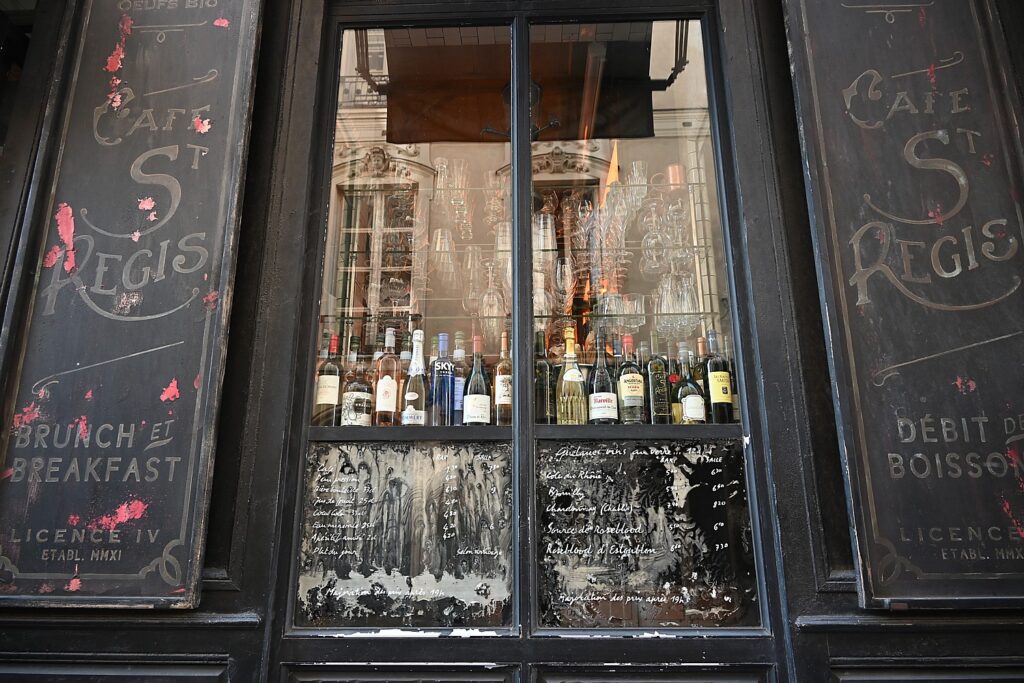
For a different Parisian experience, I had checked out my junior suite in the five-star boutique luxury historic Hotel Napoleon just steps away from the Arc de Triomphe in the tony 8th Arrondisement, and took an Uber to my hotel for the second part of my Paris visit, Le 20 Prieure Hotel, a modest but pleasant three star in the Marais district which I find on hotels.com (my booking includes breakfast).
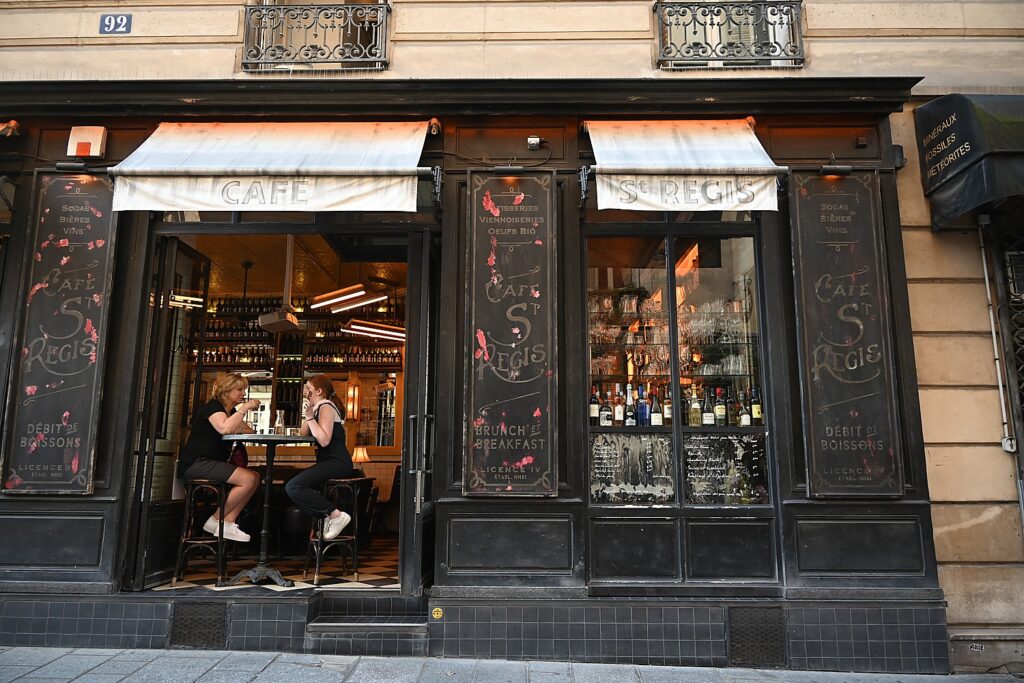
From here the Ile Saint-Louis, it’s a mostly straight shot walking across the bridge and up Rue Vielle du Temple Boulevard to my hotel, Le 20 Prieure Hotel (20 Rue du Grand Prieuré, 75011 Paris, https://www.hotel20prieure.com/en/) about two miles through the Marais District.
Today, Le Marais district is considered “trendy” with charming streets full of hip cafes, boutiques, and bookstores, Gay Pride flags and rainbow-painted crosswalks, and street art.
The Marais, though, was once a predominantly Jewish neighborhood, that still has the marks, remnants, and scars of being uprooted in the Holocaust.
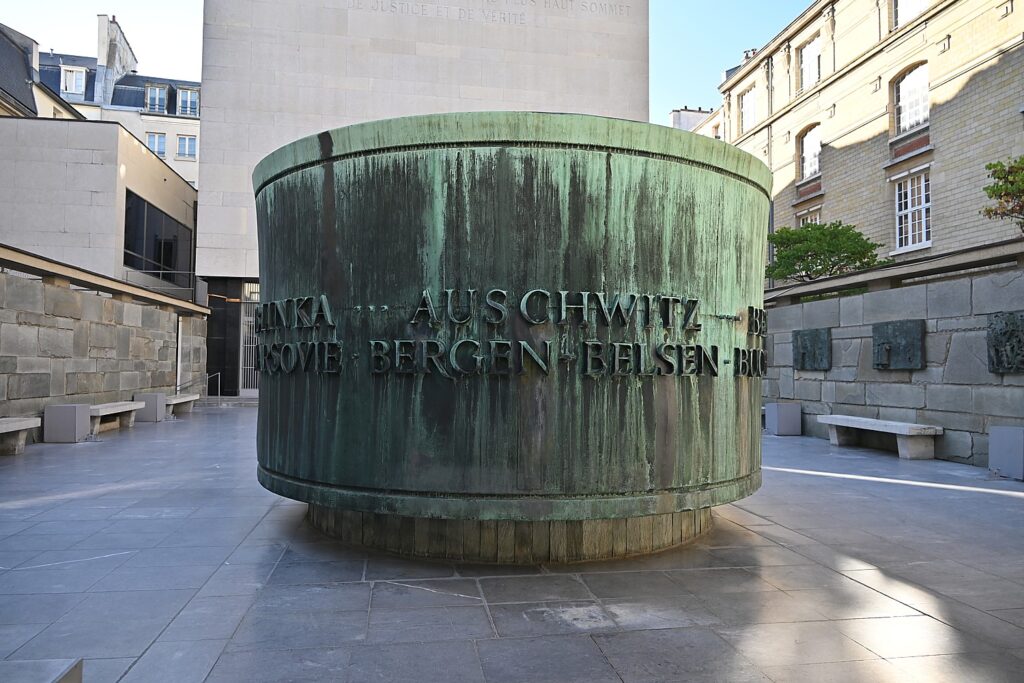
I come upon Allee Des Justes Parmi Les Nations, which I quickly realize borders the Shoah Memorial Center, a museum, information and research center on the history of the genocide of the Jews in World War II.
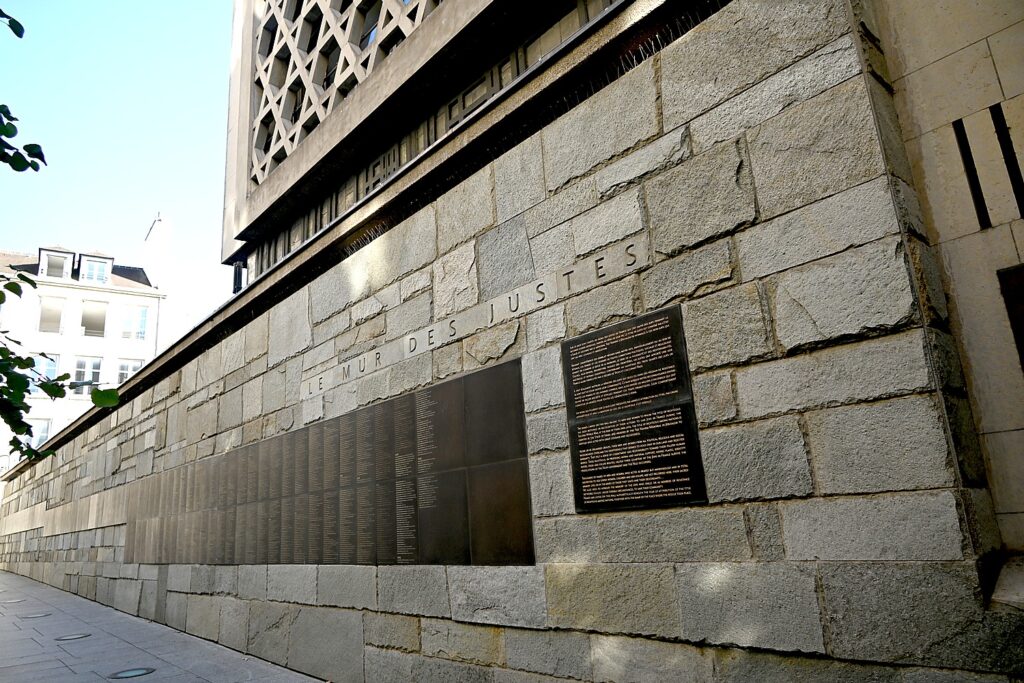
This 60 meter section of the rue Grenier sur l‘Eau was transformed into the ‘Allée des Justes’ 12 years ago, and refers back to the “Righteous Among the Nations,” a title awarded by the World Holocaust Center in Jerusalem, Yad Vashem, to non-Jews who risked their lives during World War II by helping Jews to hide, flee or survive. The memorial lists the names of the French ‘Justes’ and the locations of their deeds. One side remembers the Jewish victims on the ‘Wall of Names’ and the other side, the “Wall of the Righteous,” the French rescuers of Jews. Since Yad Vashem still awards this title to people throughout the world each year, French names continue to be added. On January 1 2012 France counted 3.513 Justes. (The Netherland has 5,204, Poland has 6,339).
As I walk about the district, I note on schools and certain public institutions, France’s credo, “Liberte, Equalite, Fraternite” (so much better than America’s relatively recent motto, “In God We Trust” adopted in 1956 in reaction to Communism.)
On one building, there is also a plaque dated December 2001 which I translate, “Arrested by the police of the Vichy Government, complicit with the Nazi occupiers, more than 11,000 children were deported from France between 1942-1944 and sent to Auschwitz because they were Jews.”
There is a street sign pointing the way to the Museum of Jewish Art & History, and I put it on my list to visit.
Many of these attractions are included in the Paris Museum Pass, http://en.parismuseumpass.com/ and Paris Pass (ParisPass.com).
More planning help from the Paris Tourist Office, https://parisjetaime.com/eng/. Online ticketing at https://parisjetaime.com/eng/tickets.
Next: Day 3 in the Marais
See also:
ROMANCE IS AT THE HEART OF THE HOTEL NAPOLEON IN PARIS, CITY OF LOVE
VISITING PARIS THIS YEAR? PLAN IN ADVANCE
4 DAYS IN PARIS: MUSEE D’ORSAY HIGHLIGHTS DAY 1
_______________________
© 2024 Travel Features Syndicate, a division of Workstyles, Inc. All rights reserved. Visit goingplacesfarandnear.com and travelwritersmagazine.com/TravelFeaturesSyndicate/. Blogging at goingplacesnearandfar.wordpress.com and moralcompasstravel.info. Visit instagram.com/going_places_far_and_near and instagram.com/bigbackpacktraveler/ Send comments or questions to [email protected]. Tweet @TravelFeatures. ‘Like’ us at facebook.com/NewsPhotoFeatures
